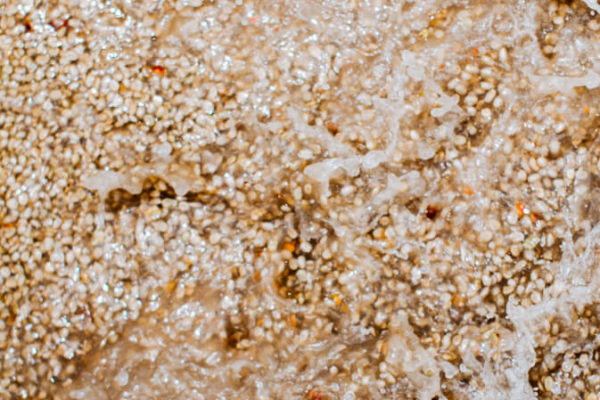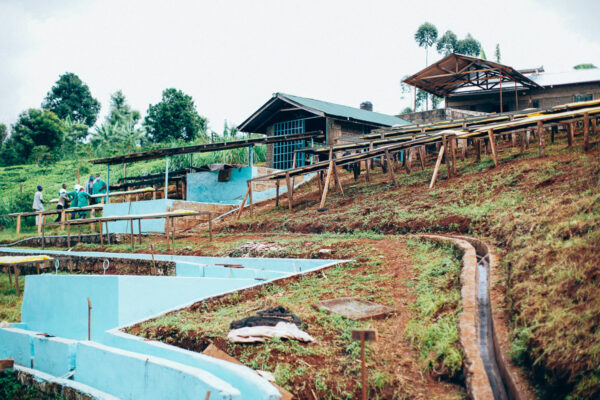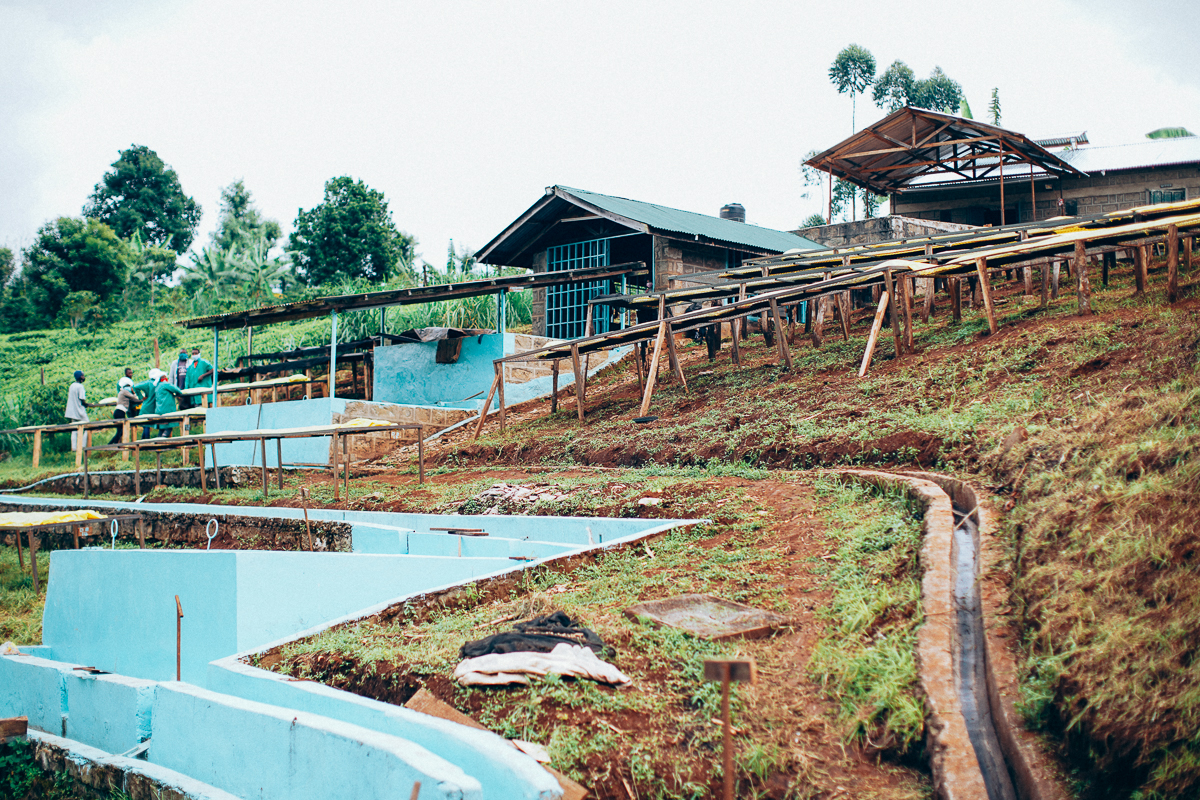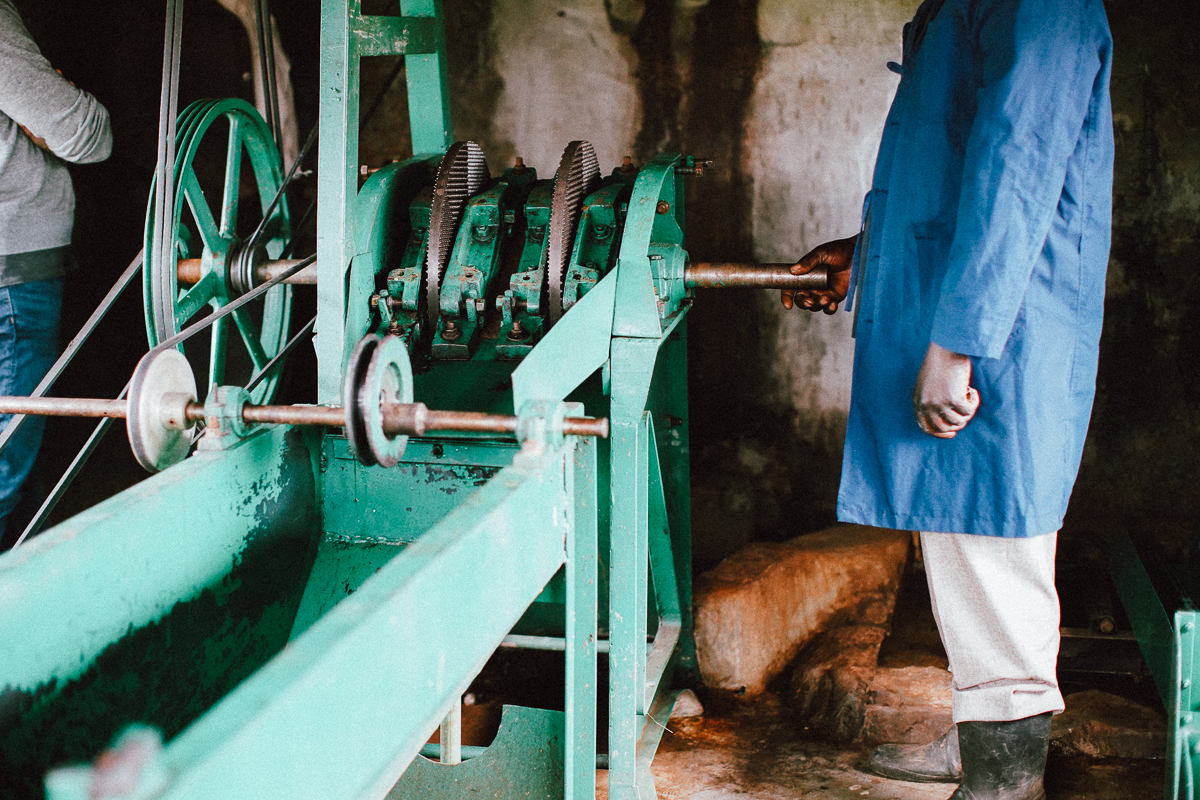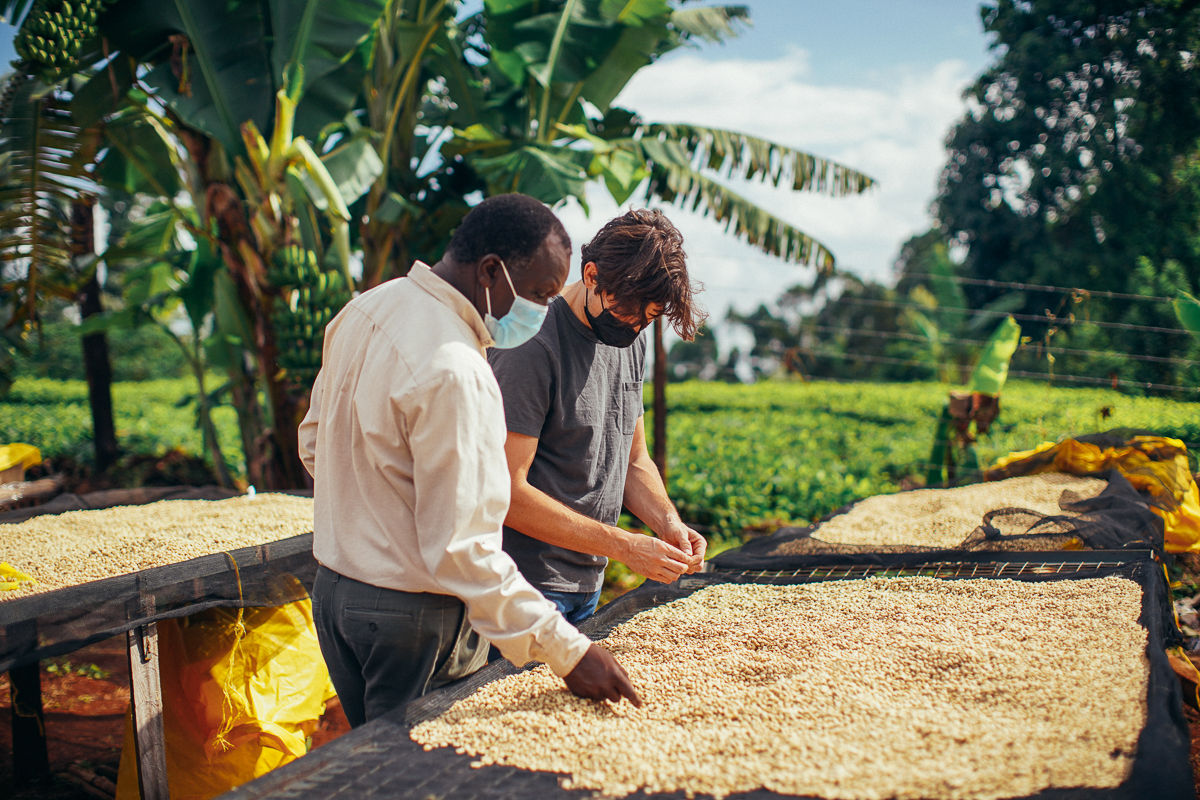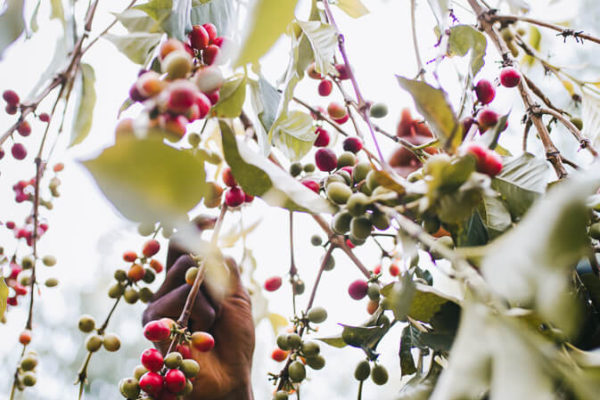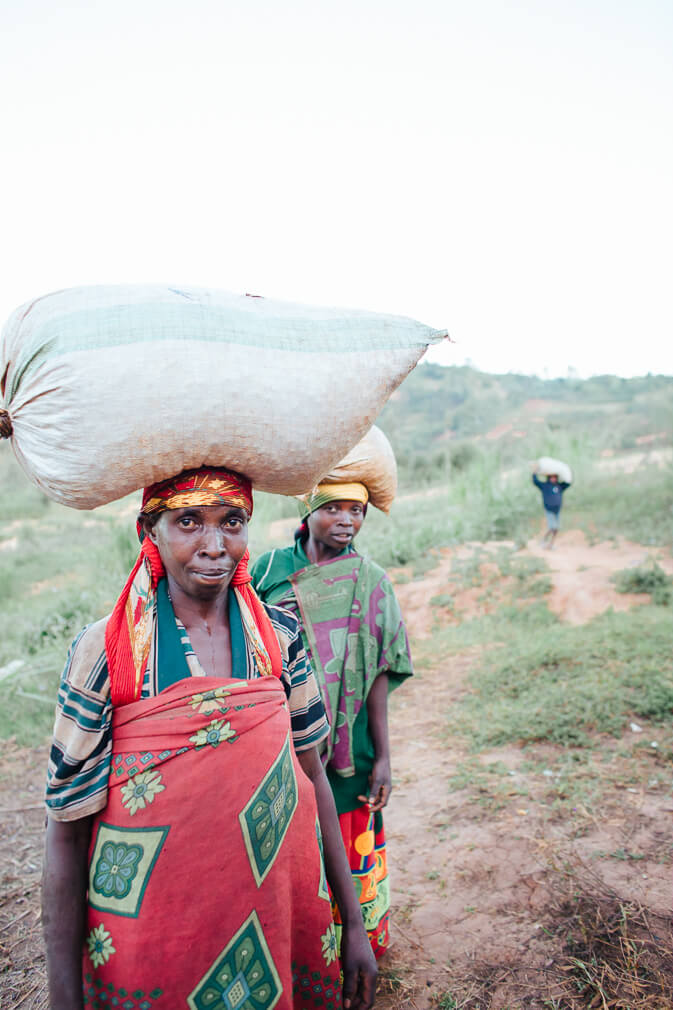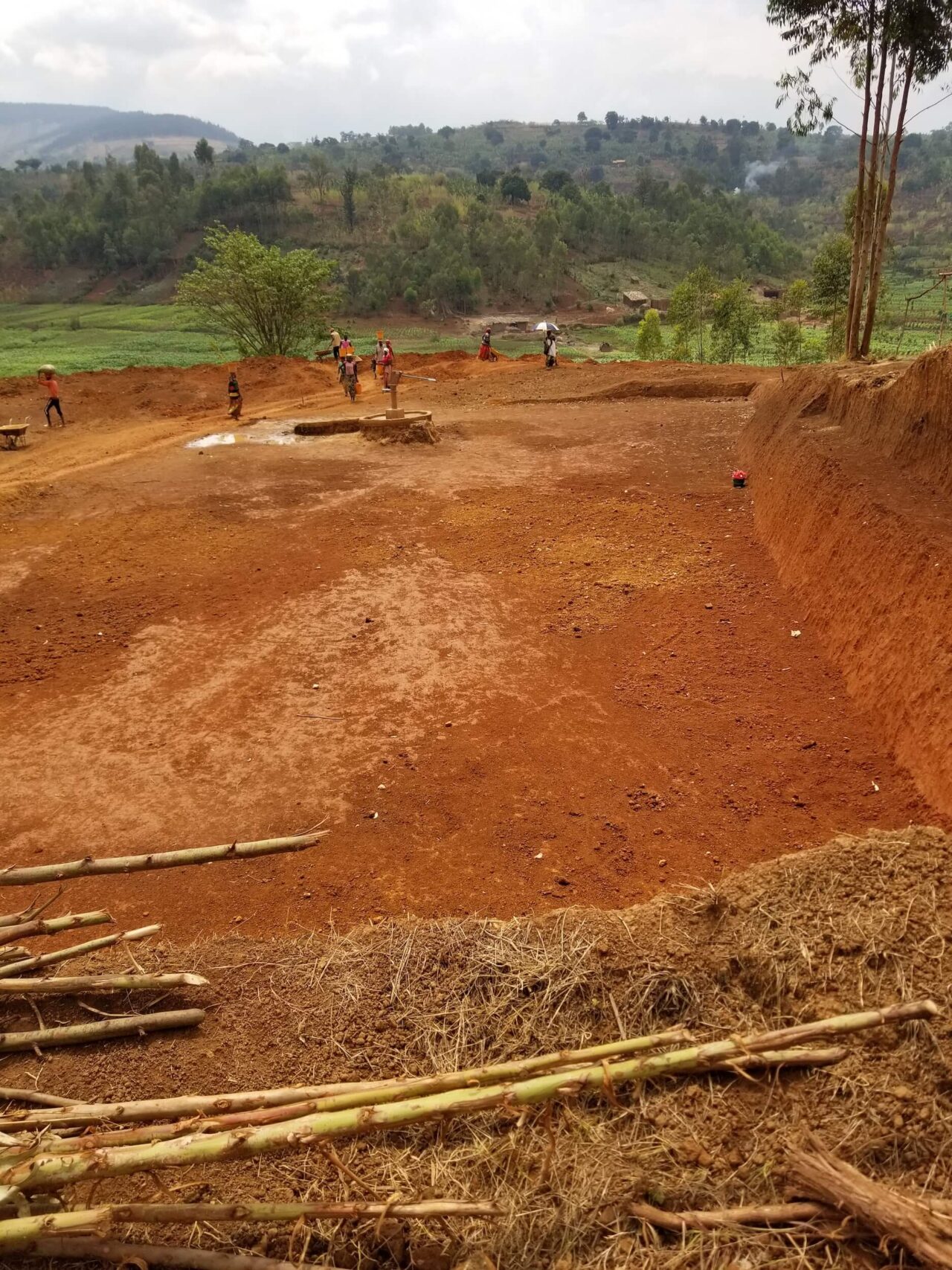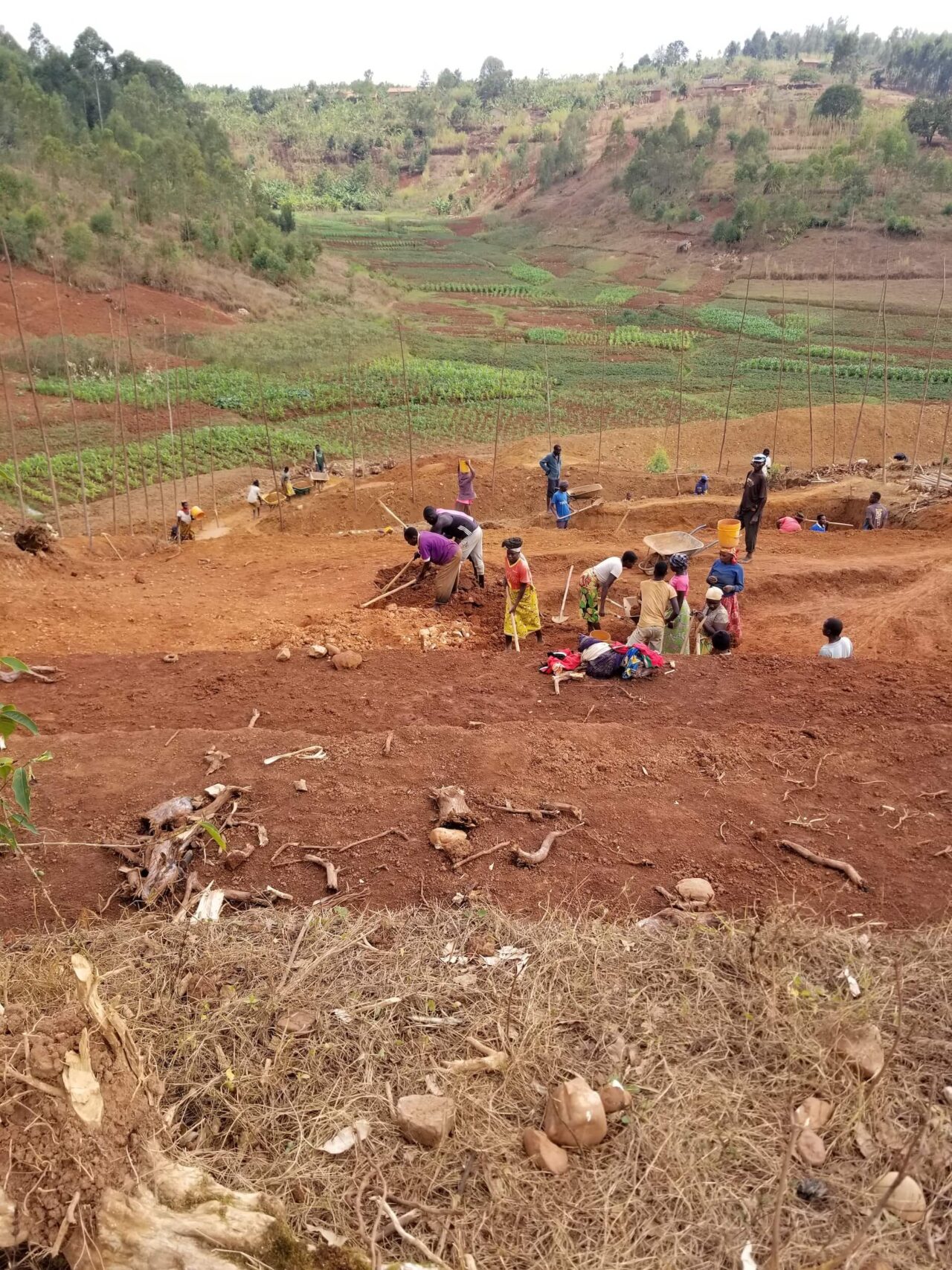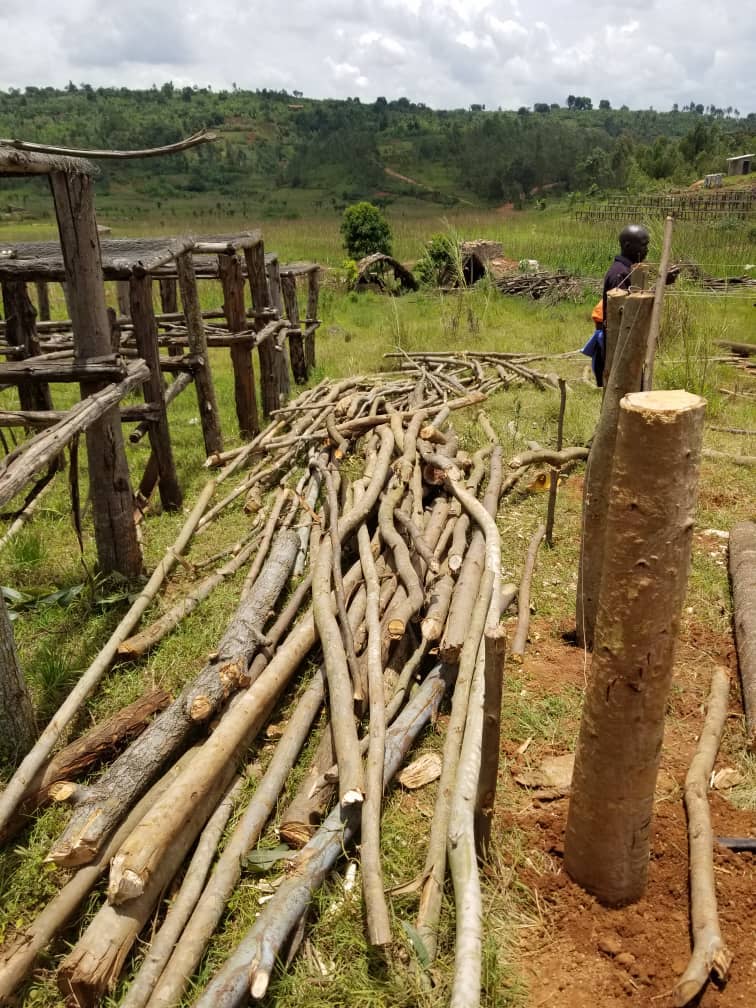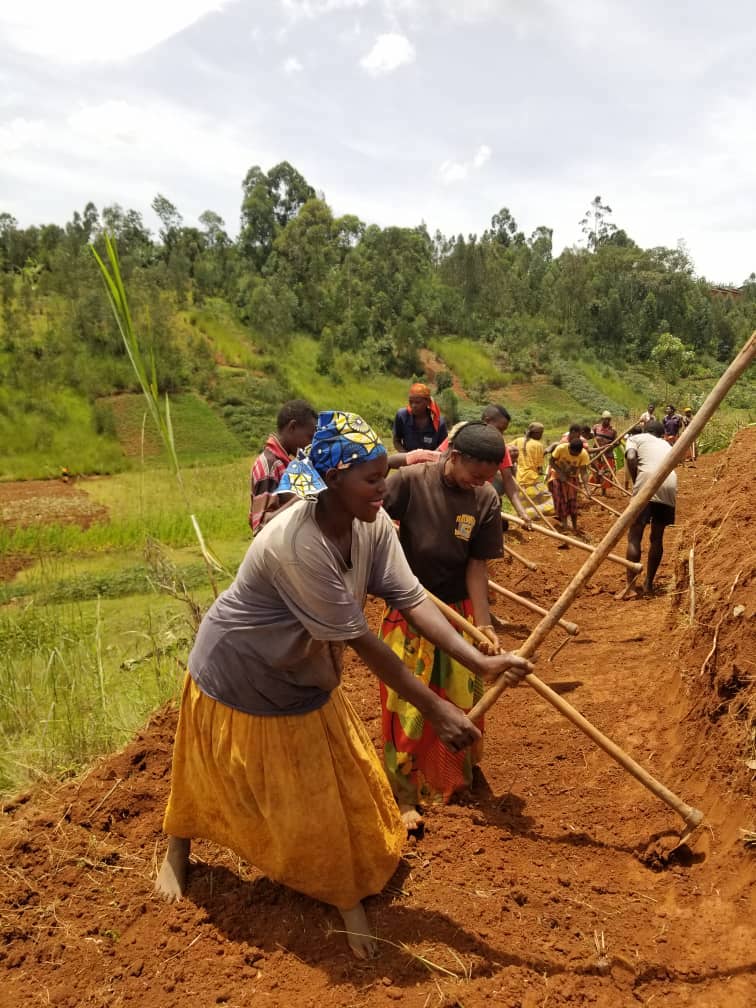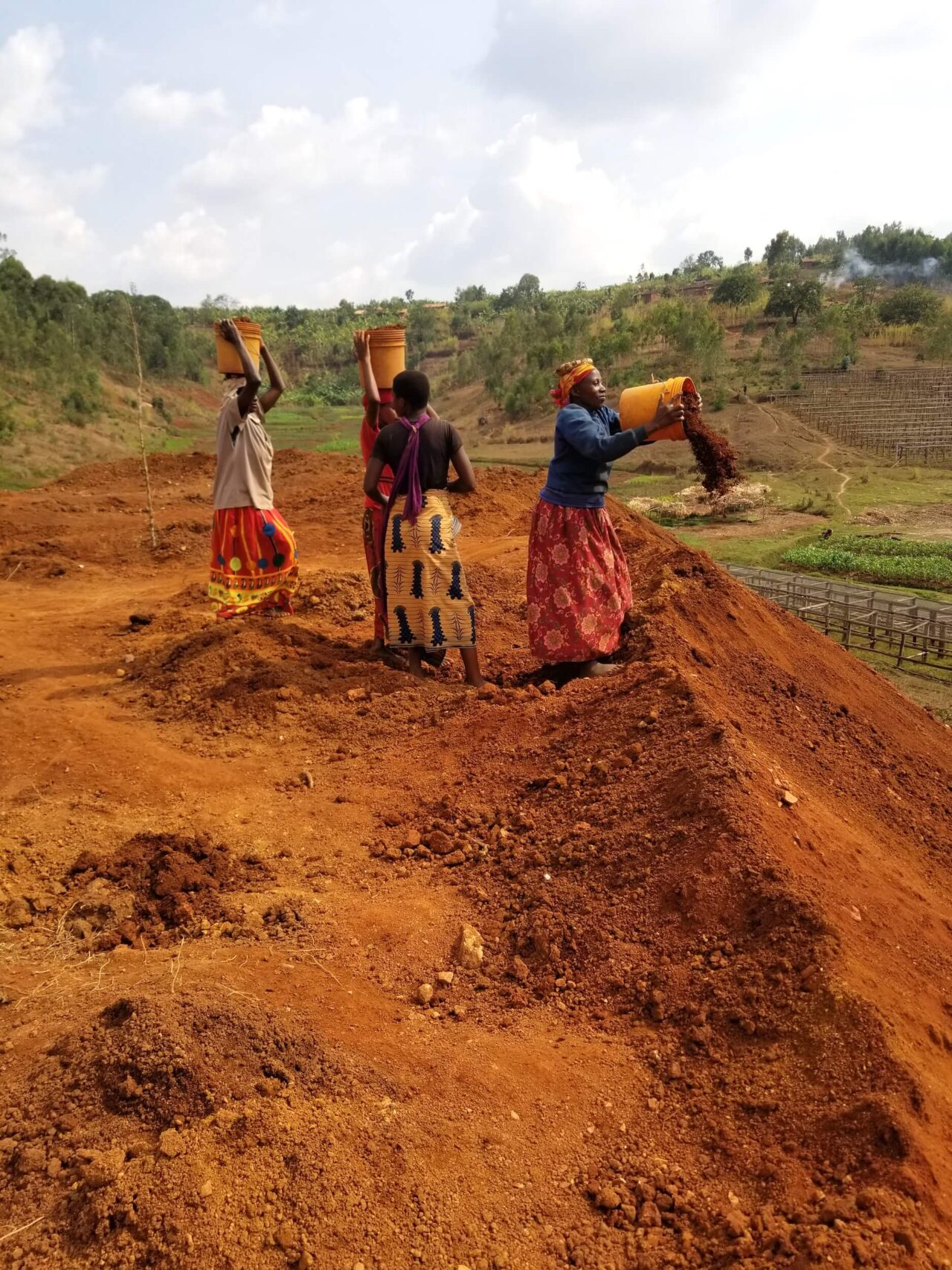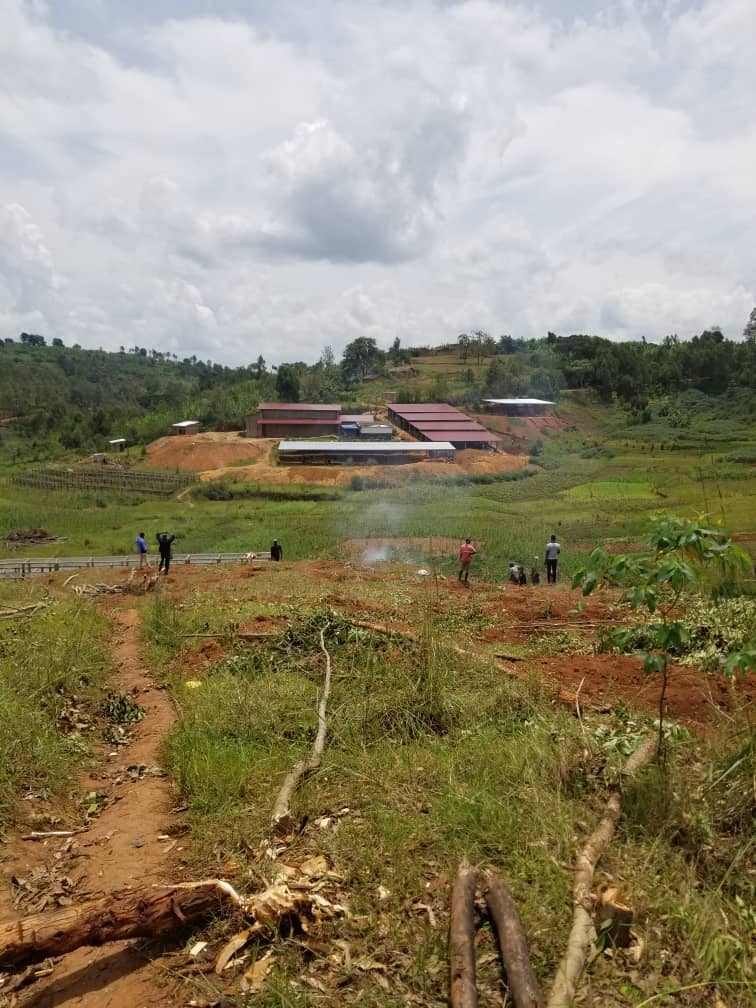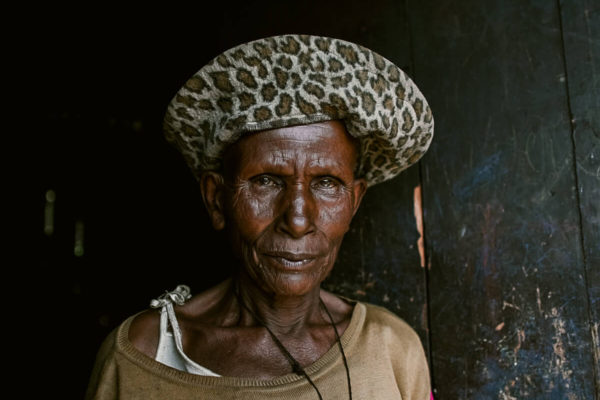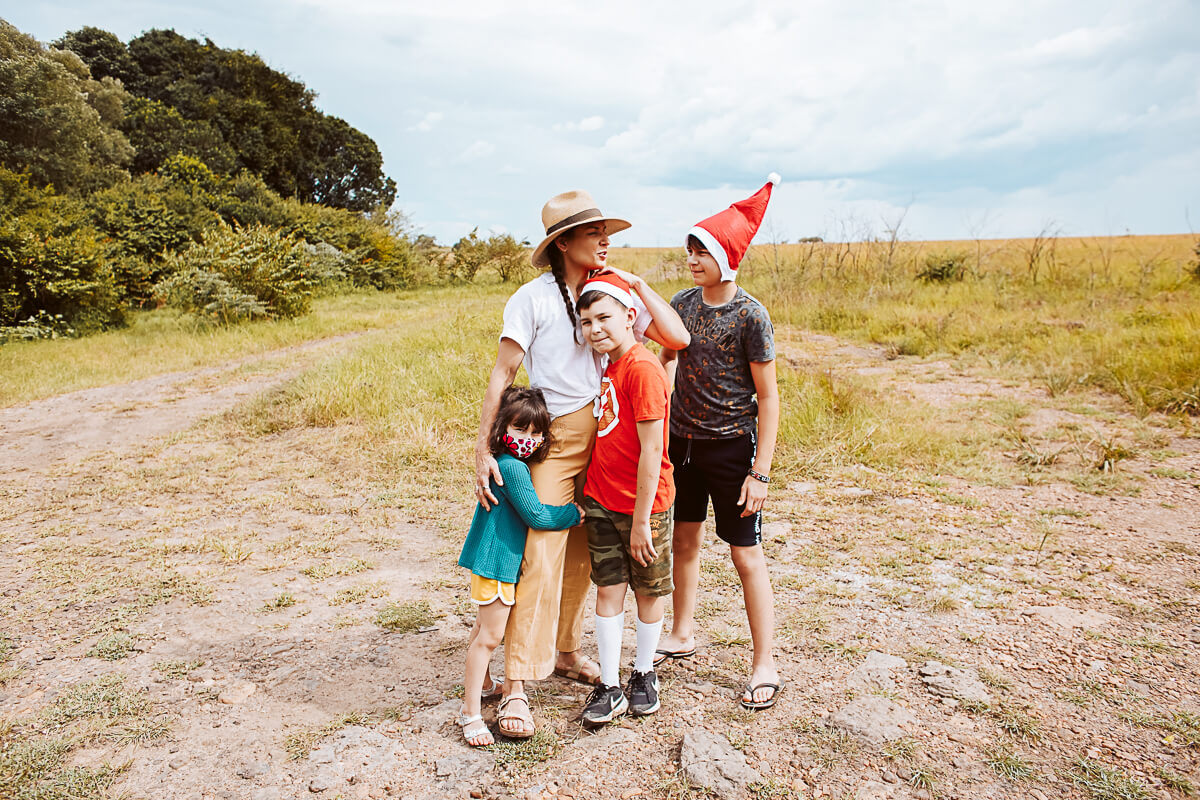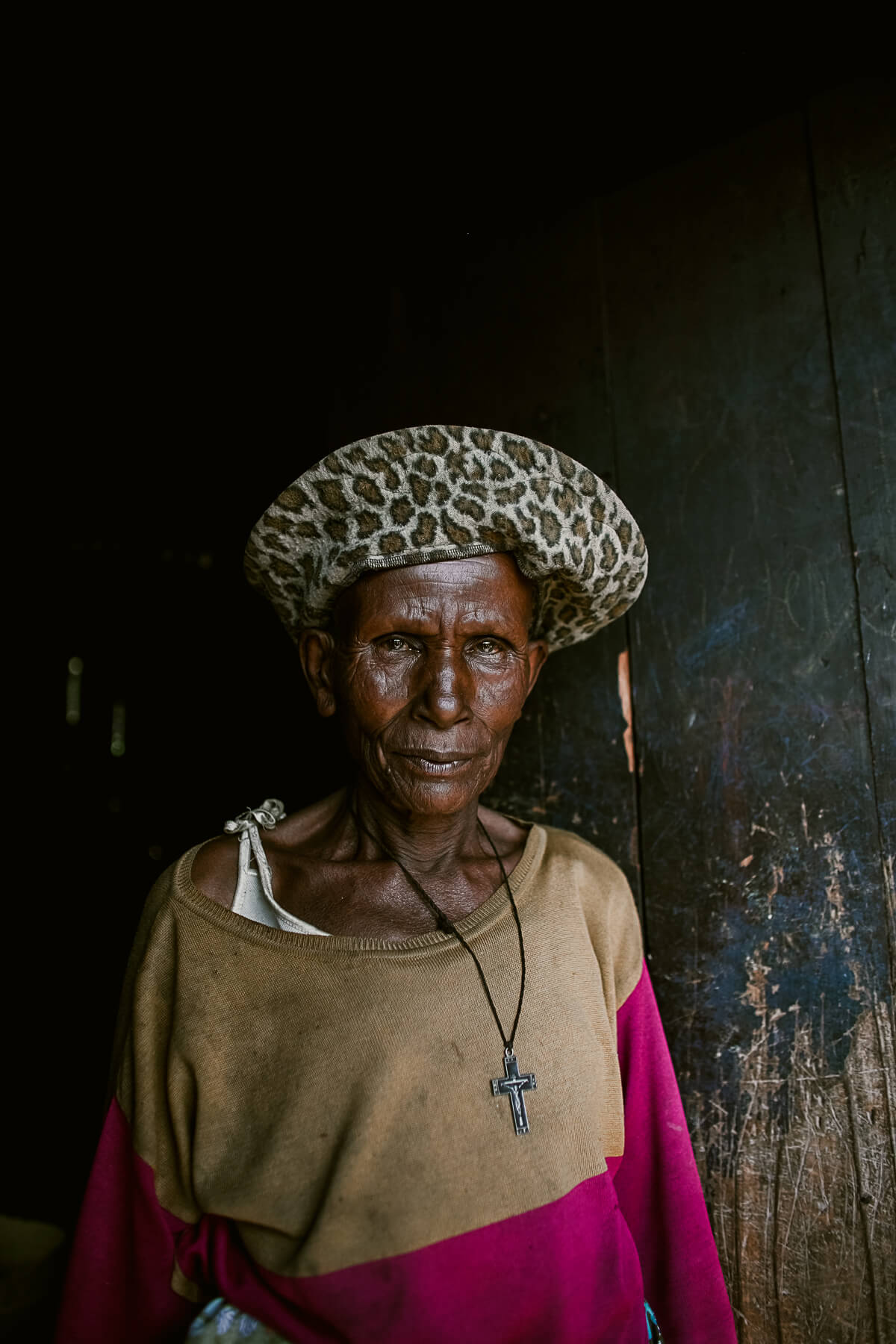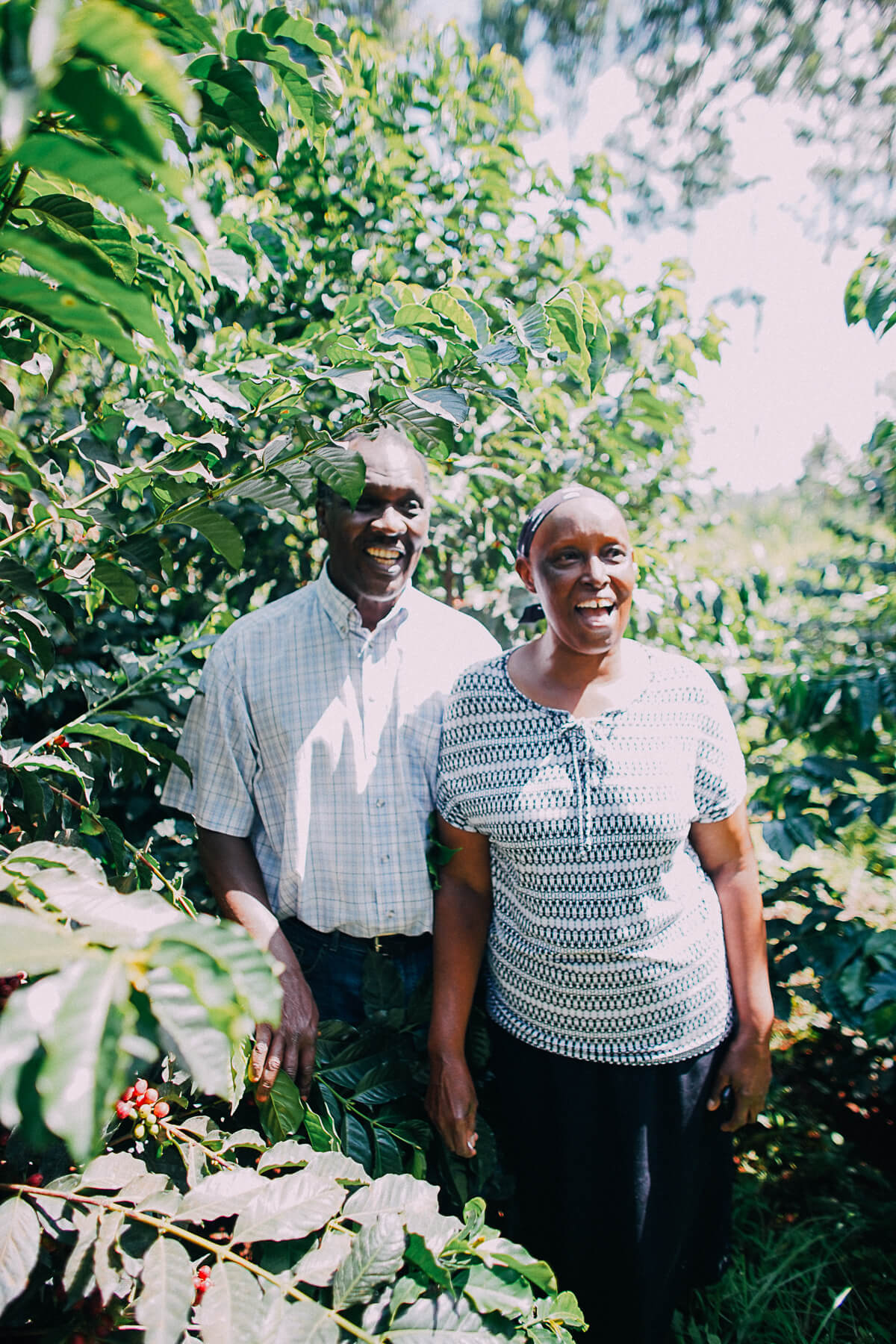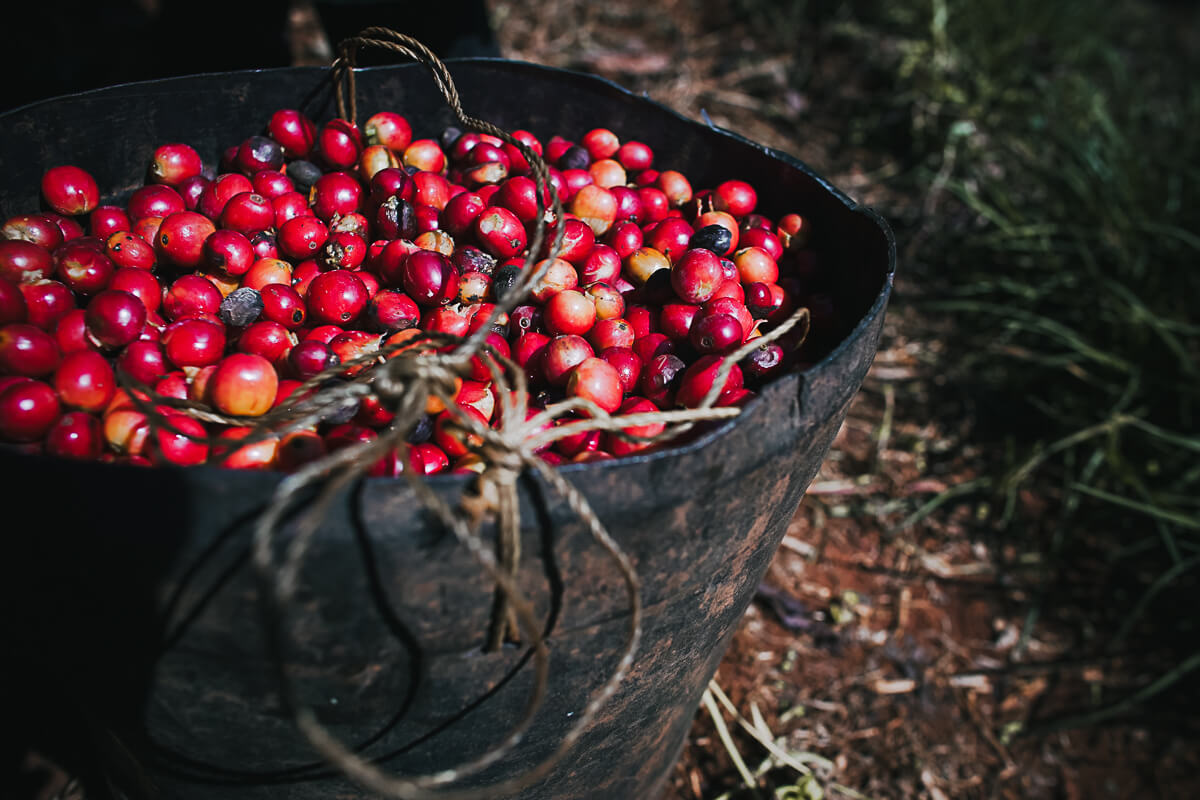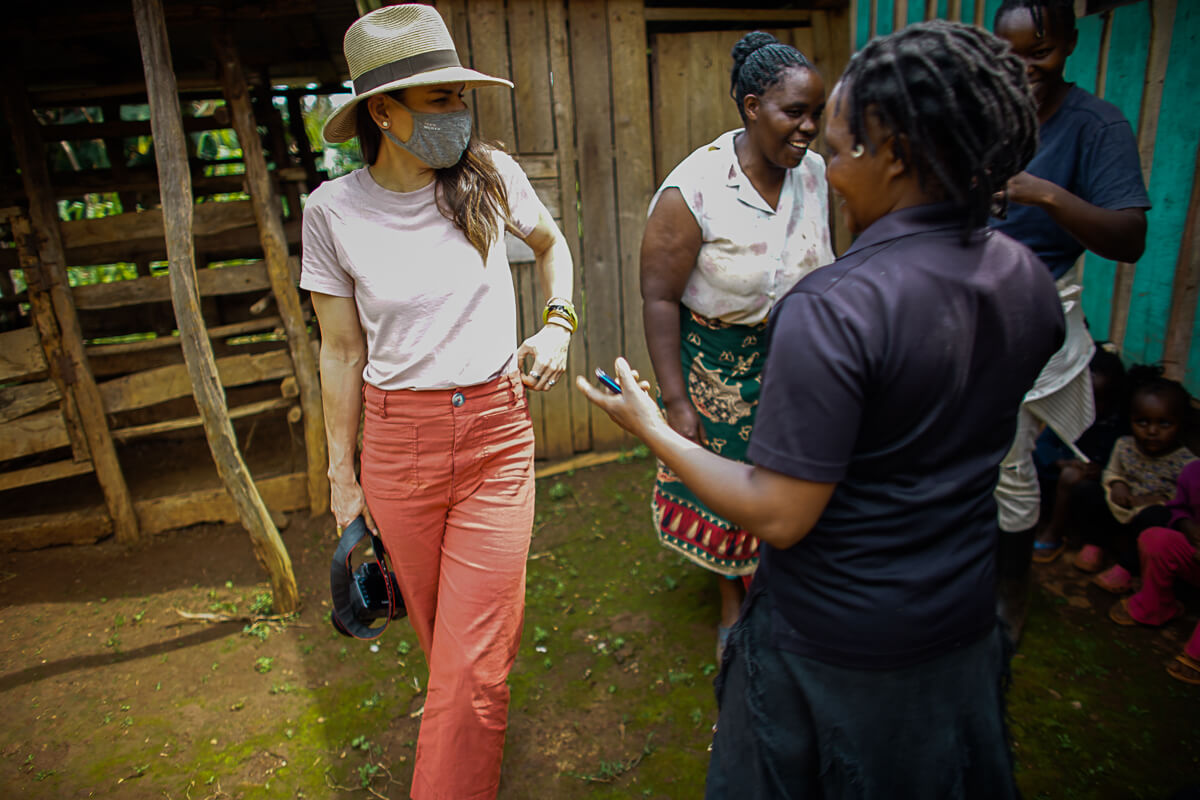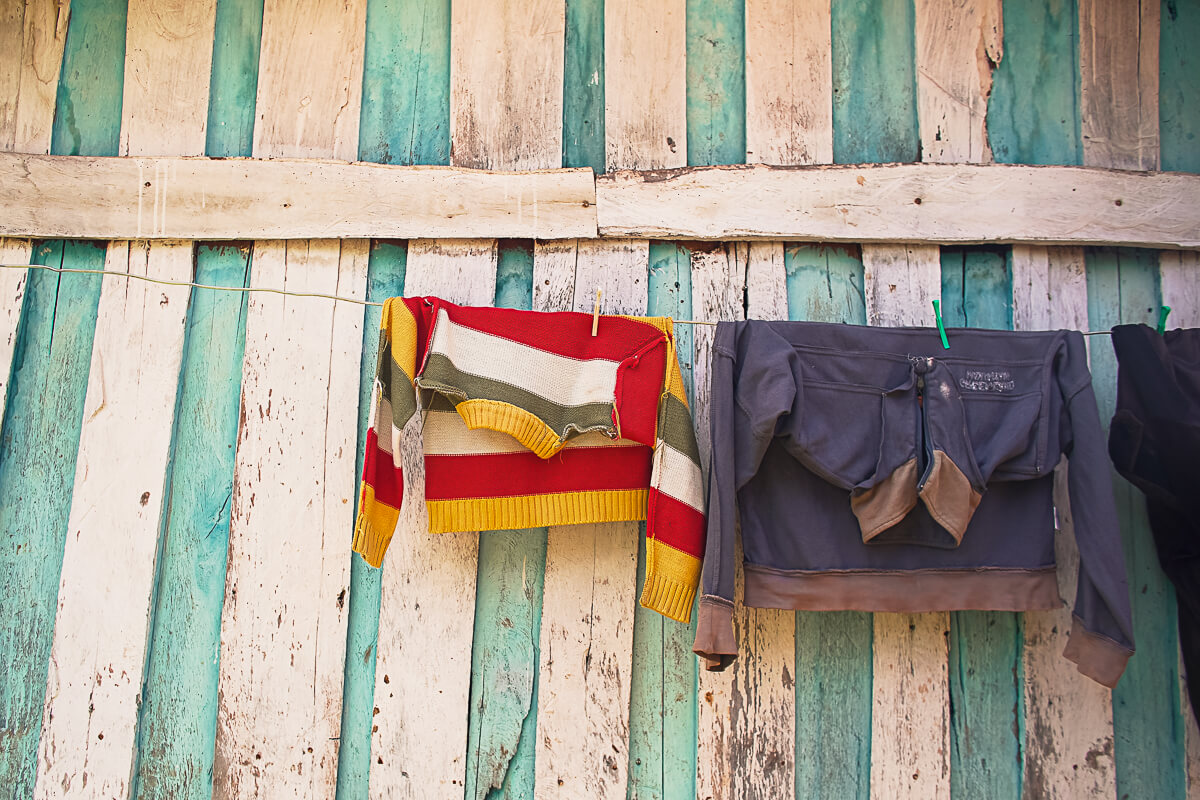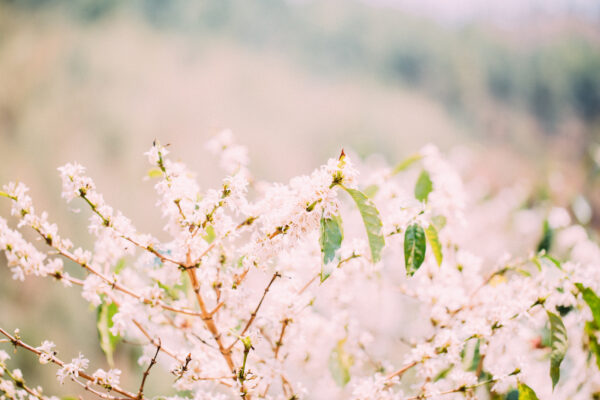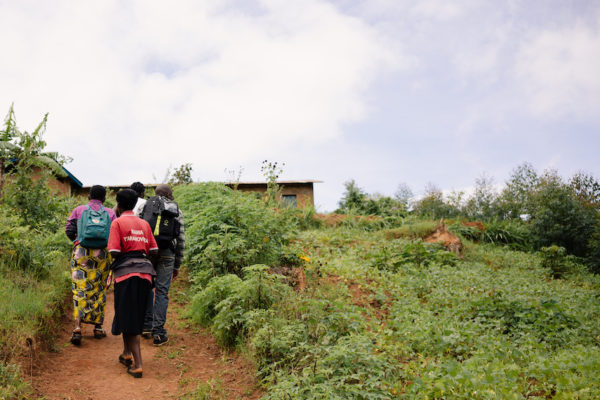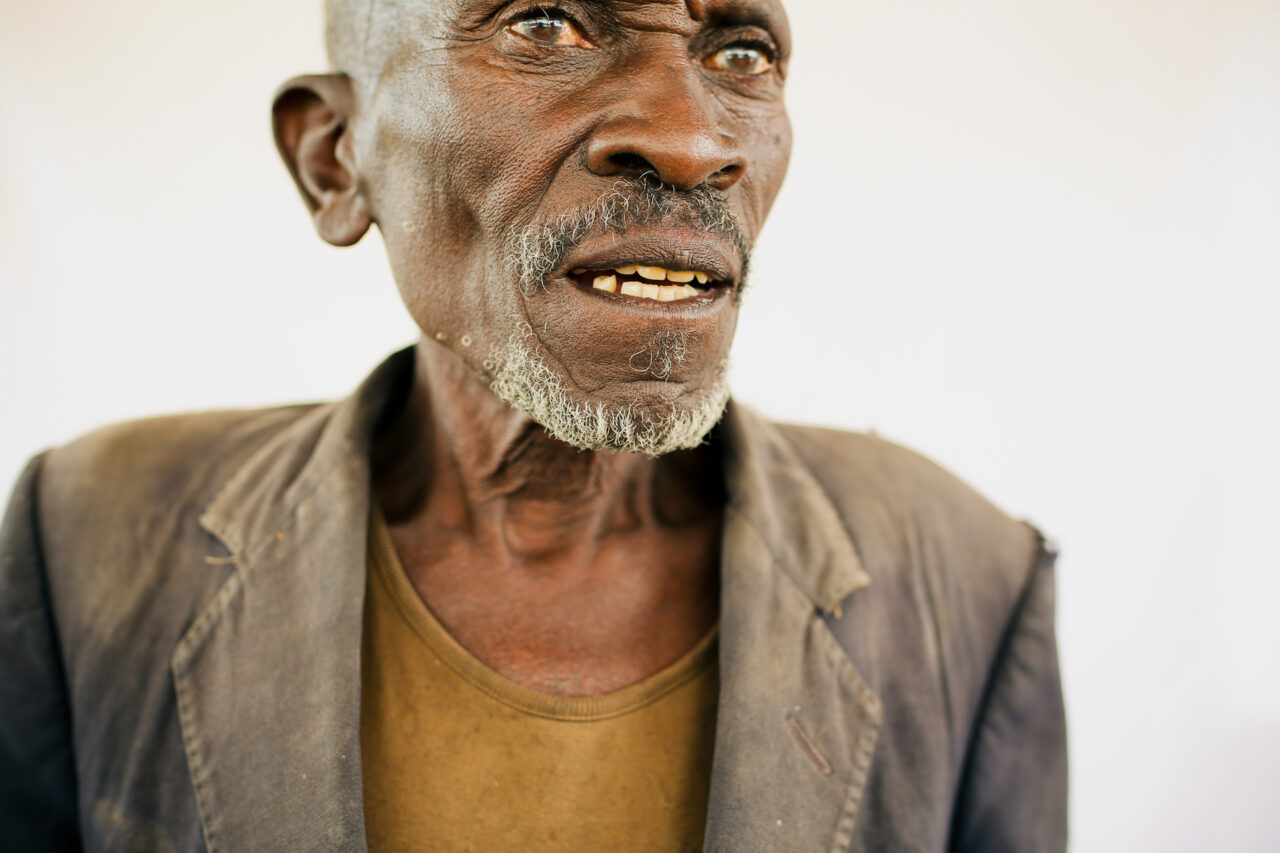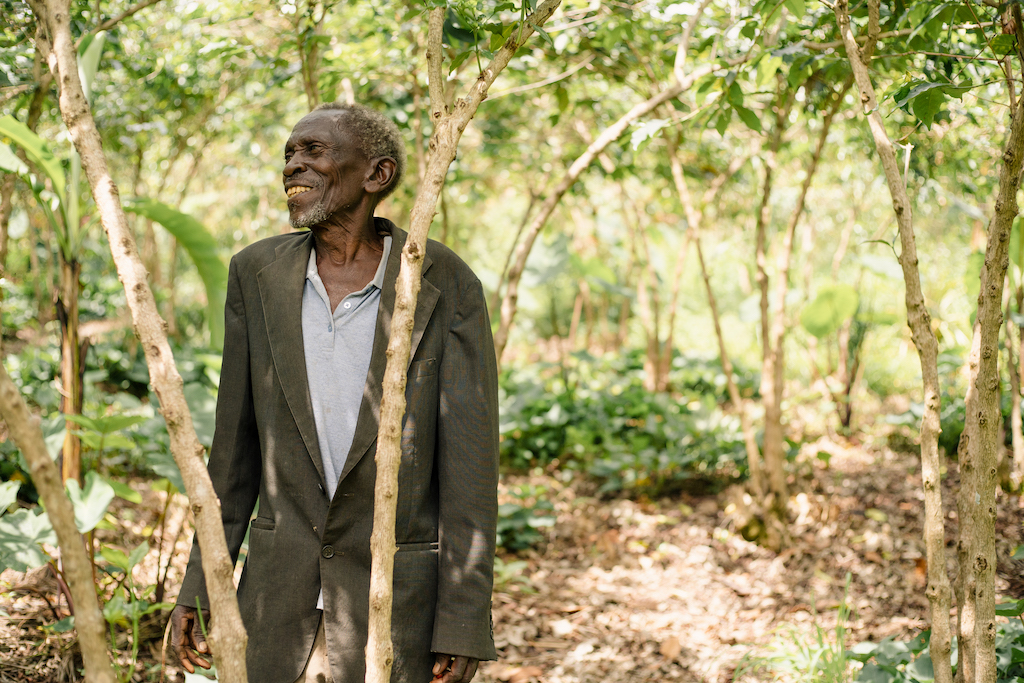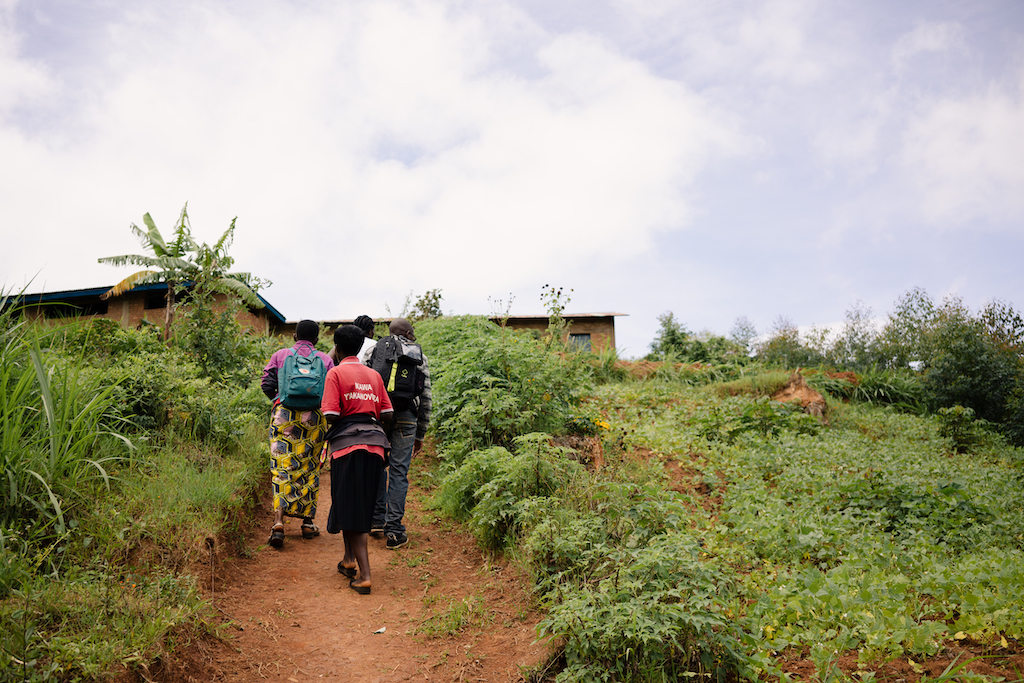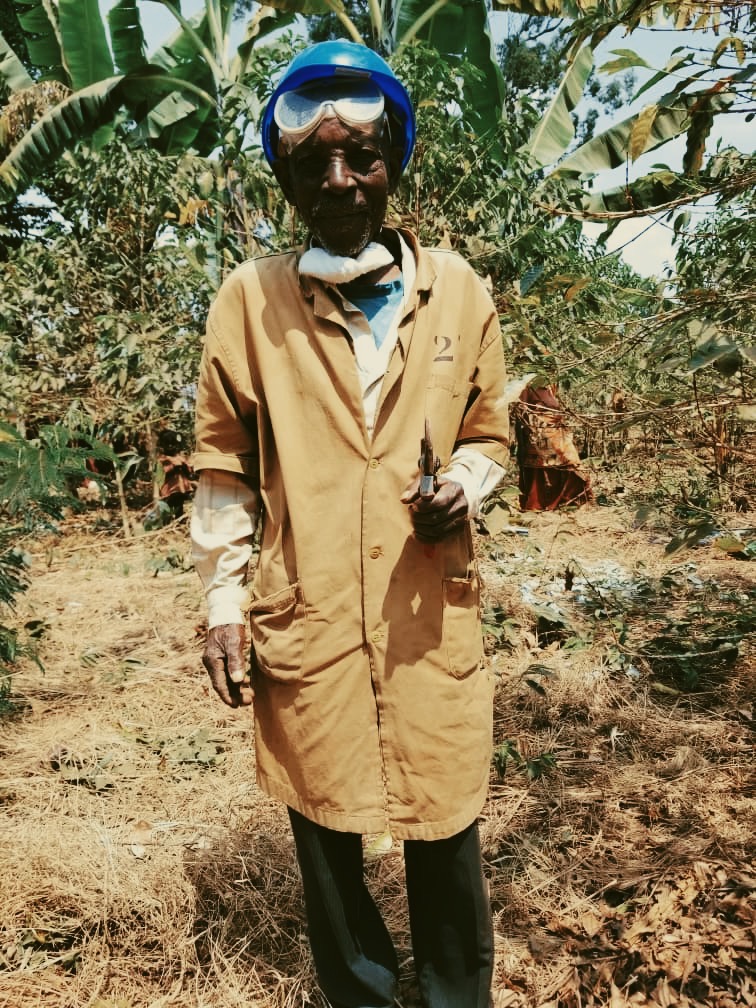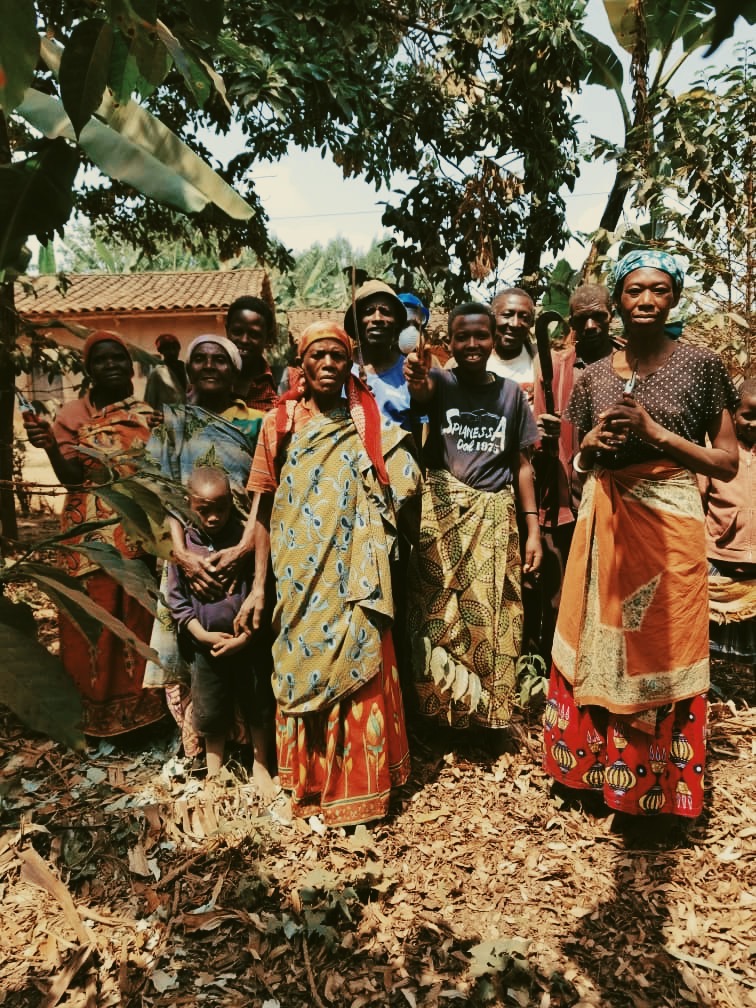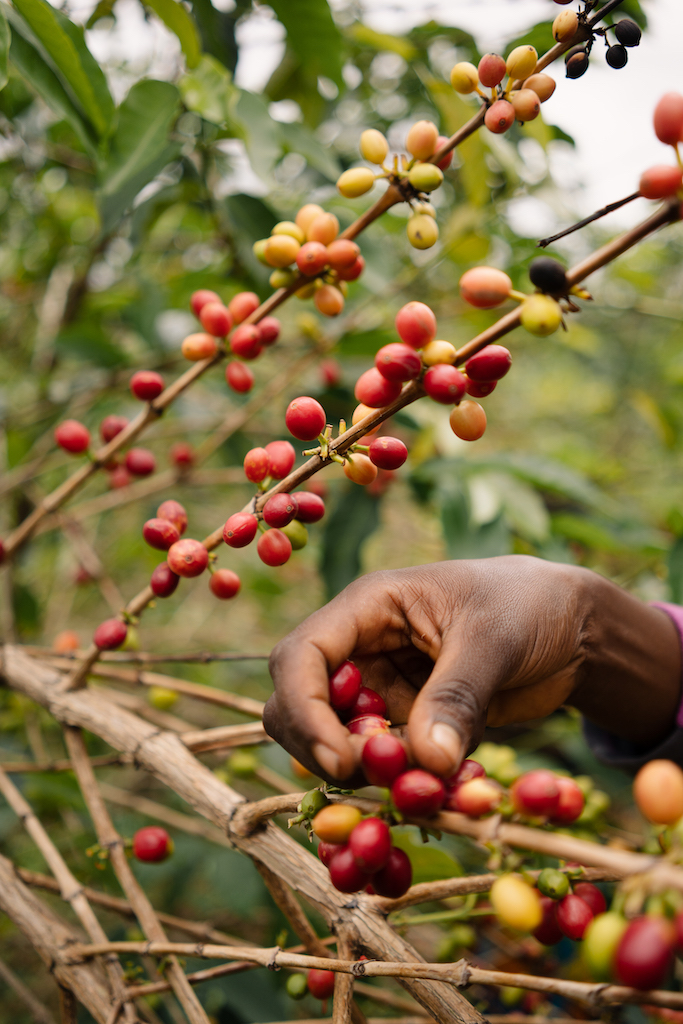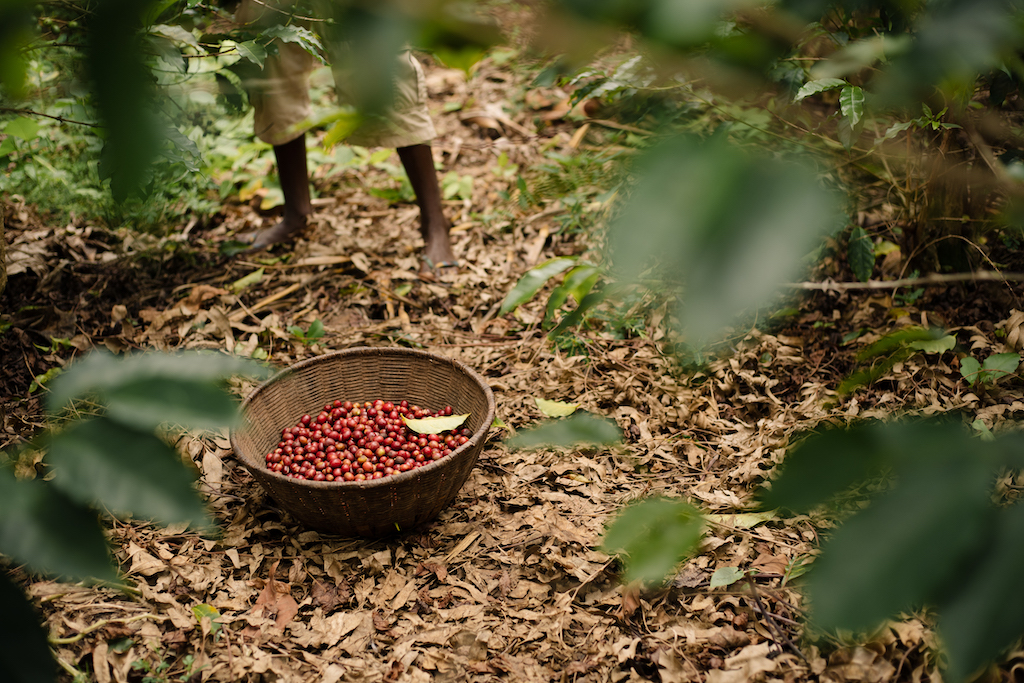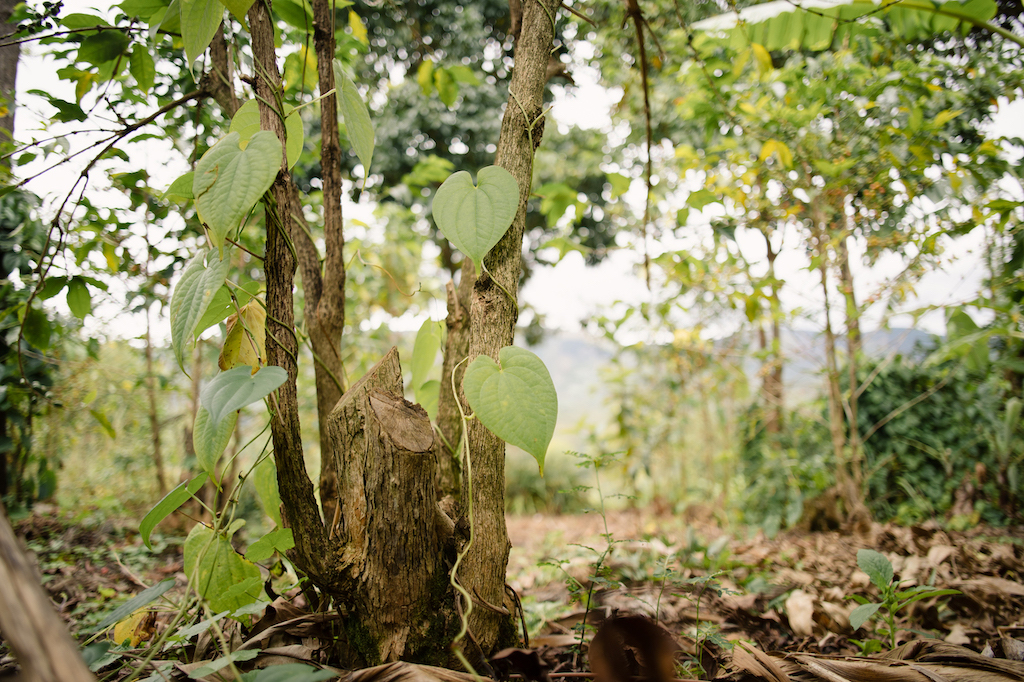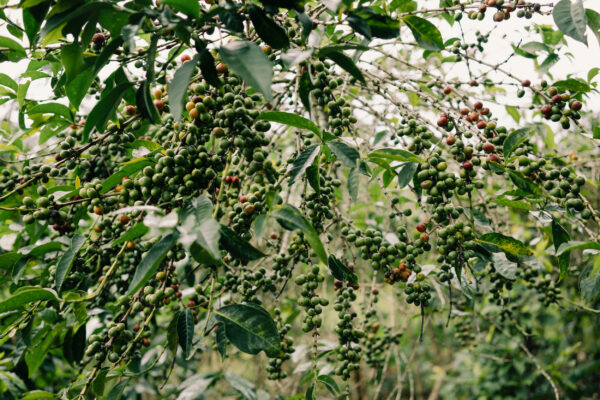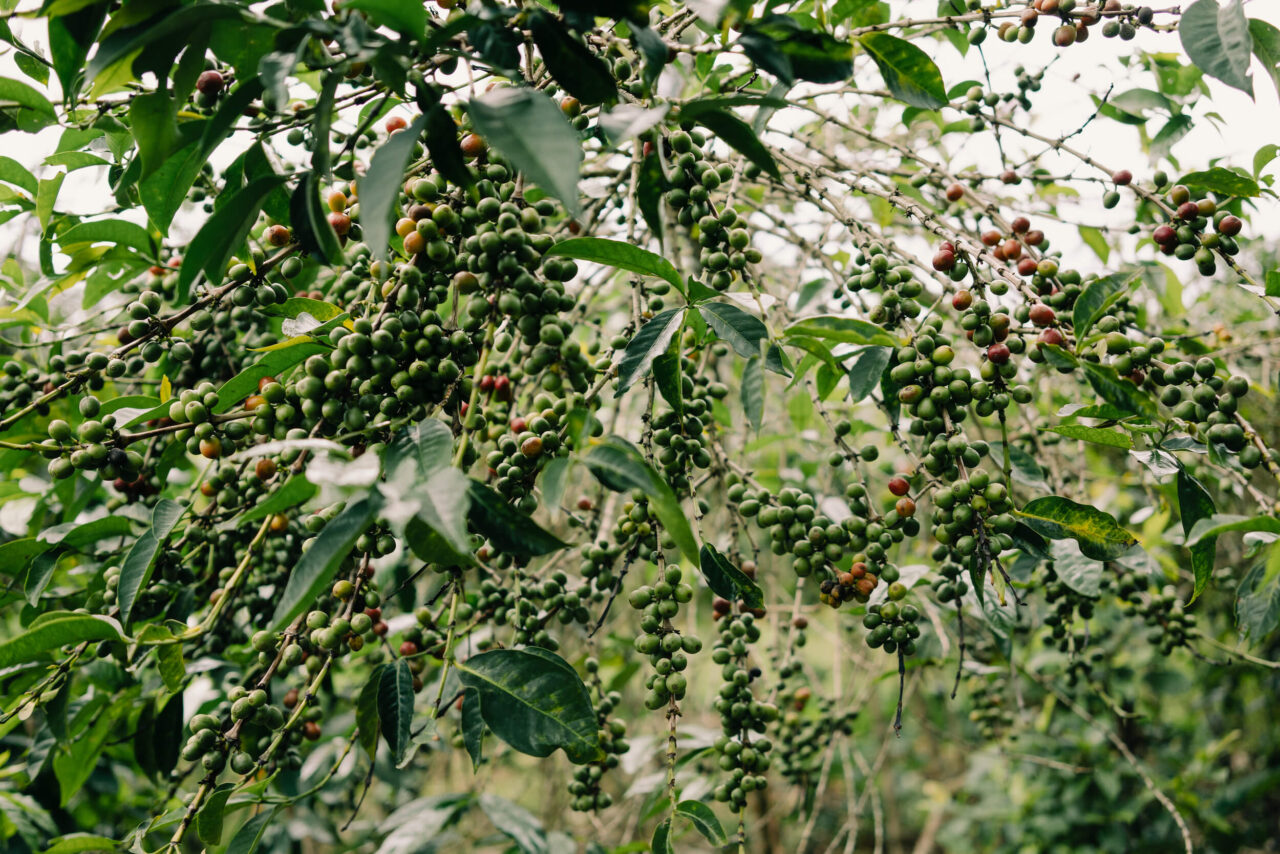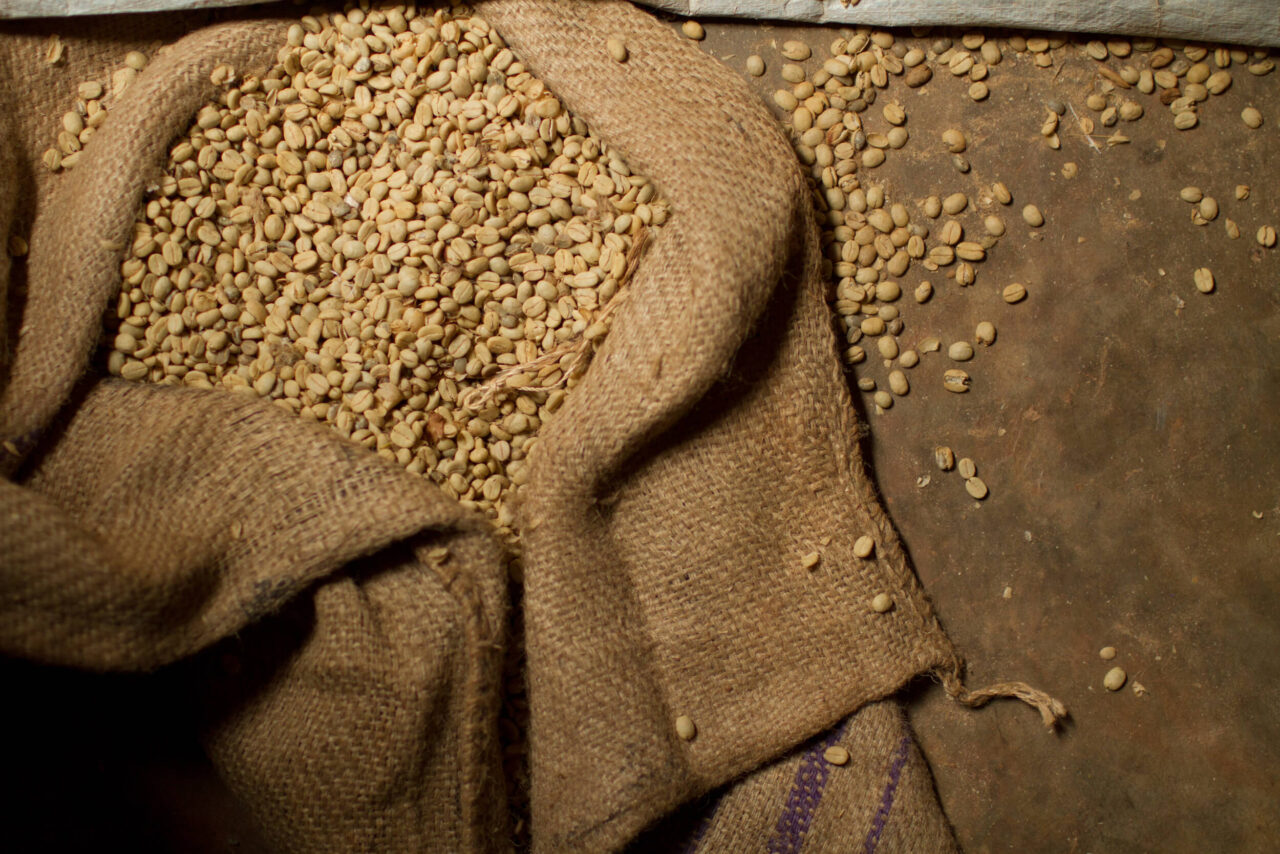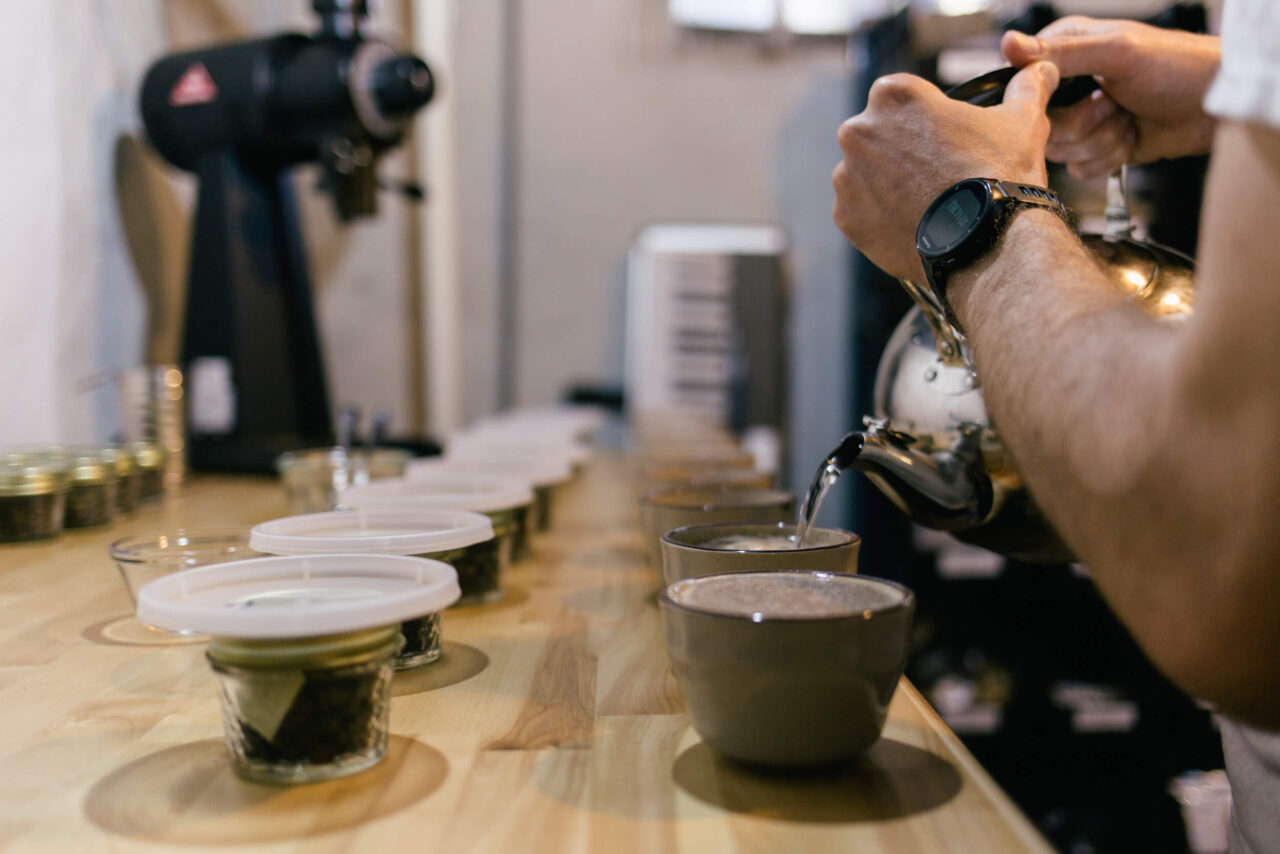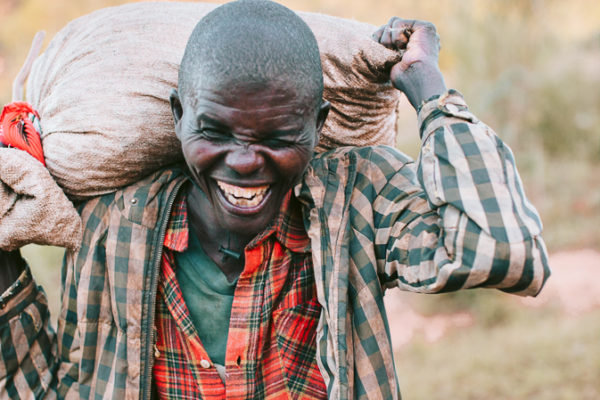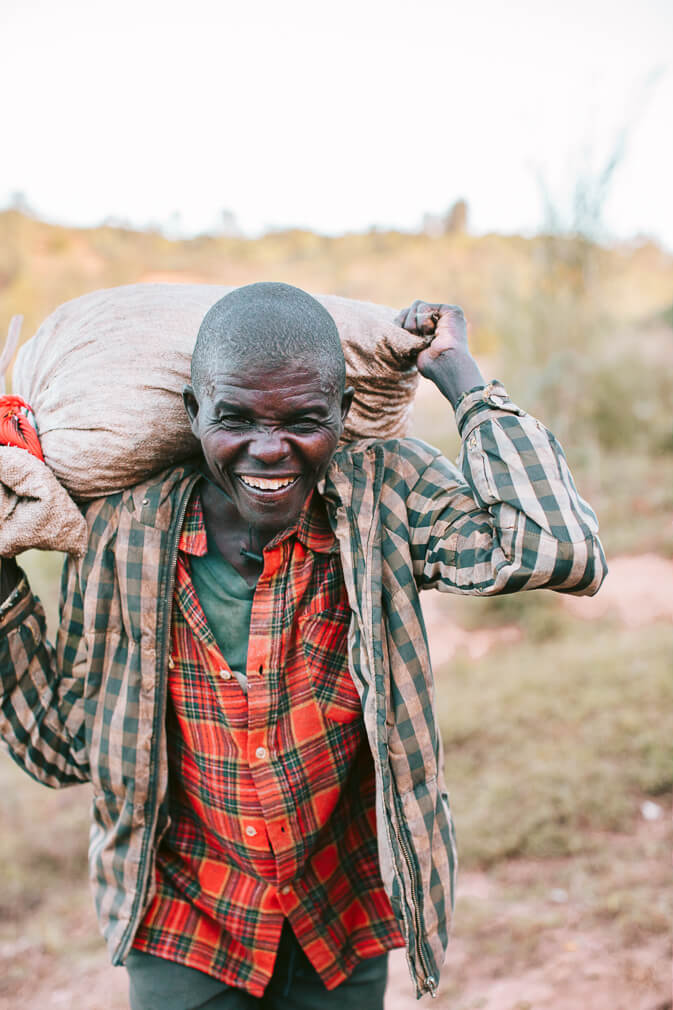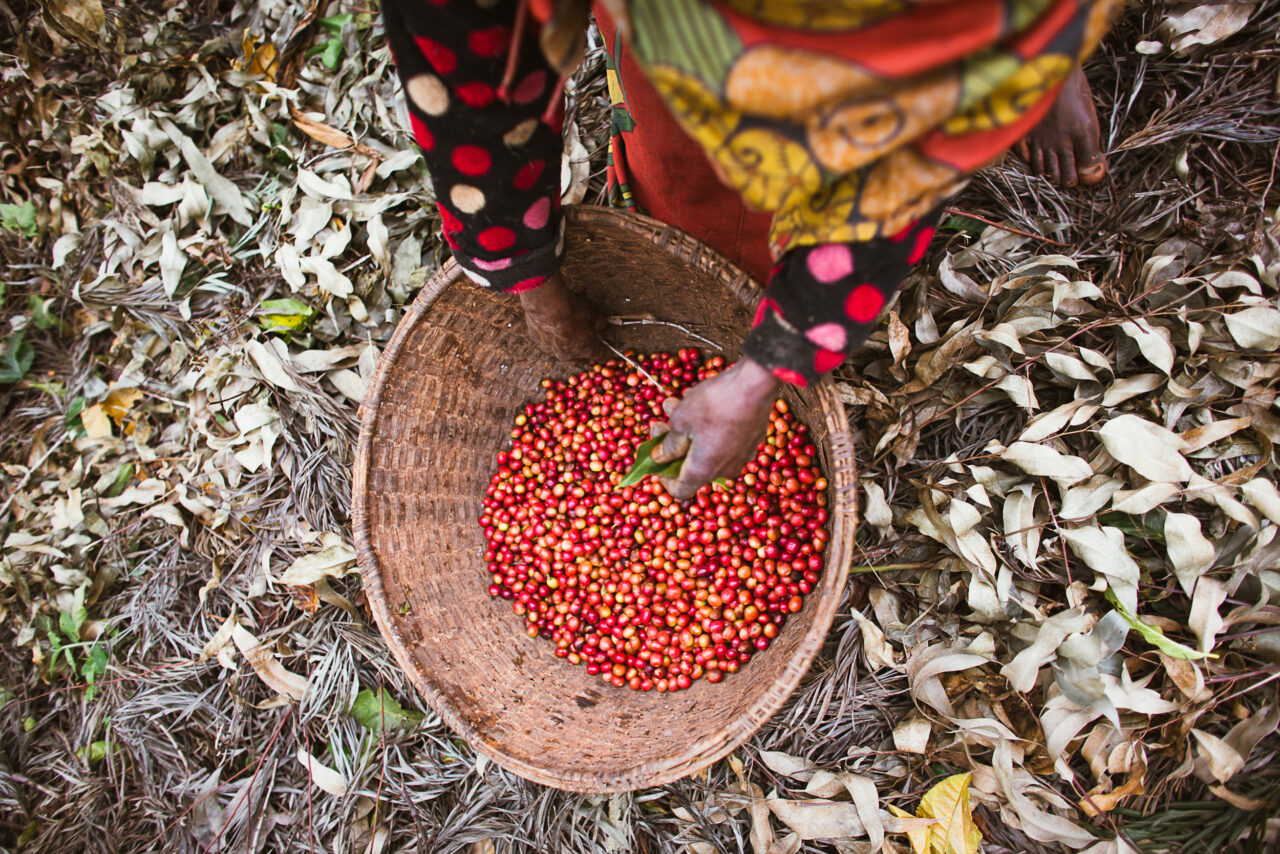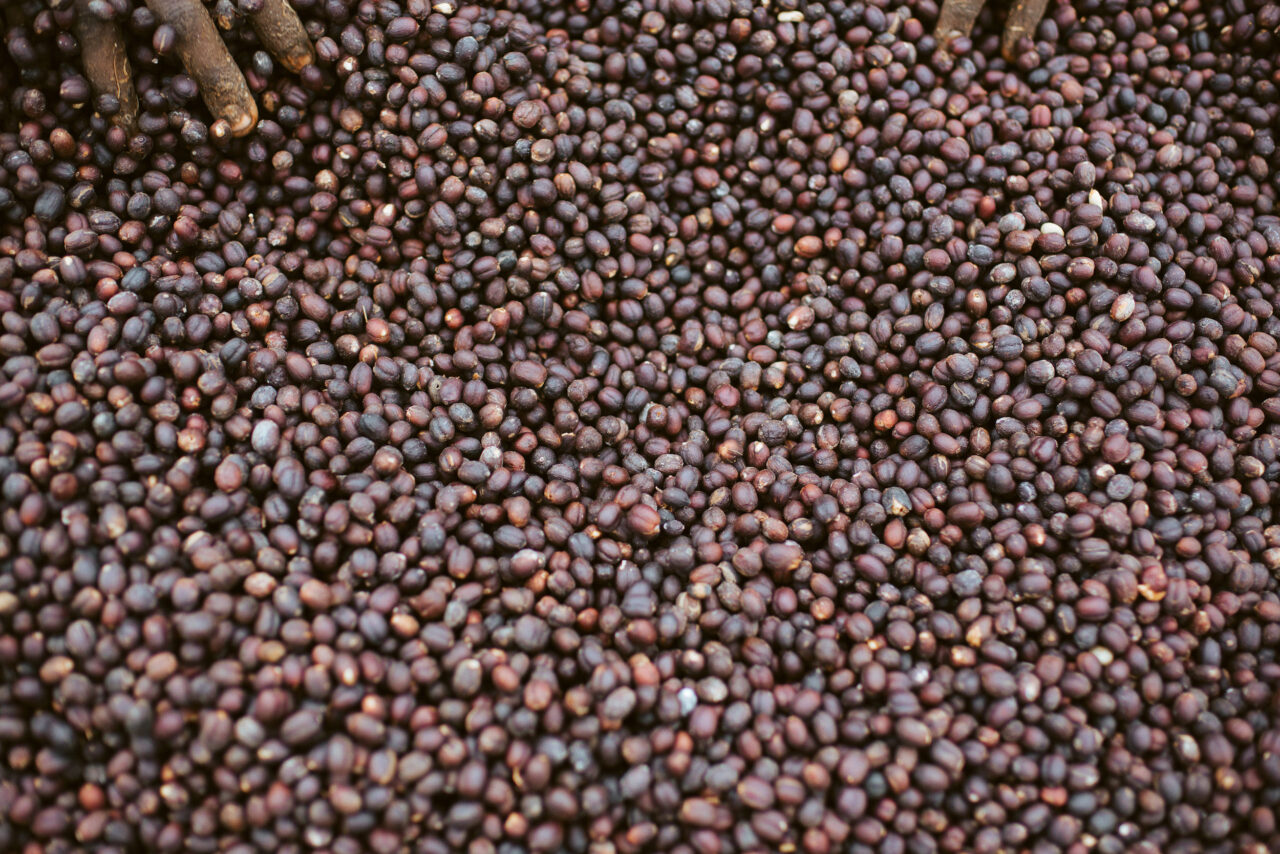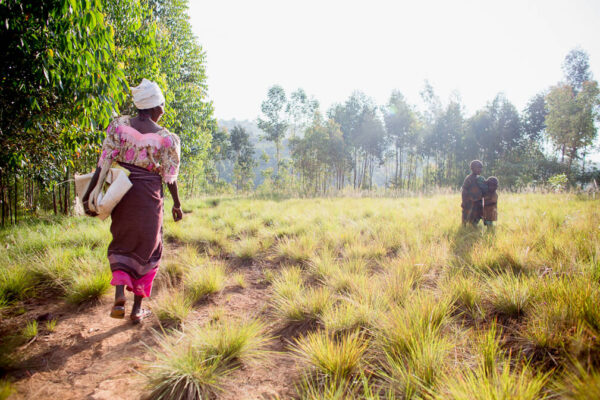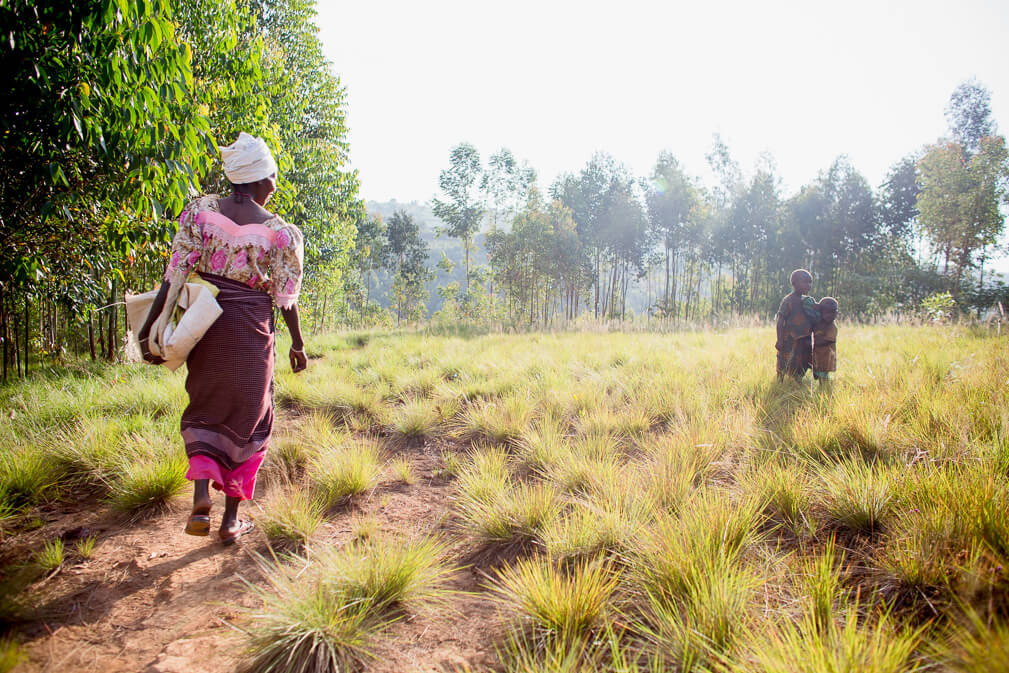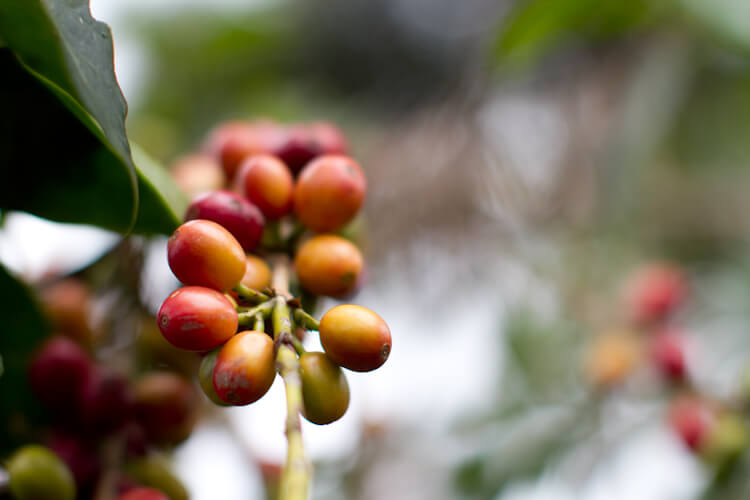Written by David Stallings, head of Roaster Relations at Long Miles Coffee.
Fermentation is an incredibly complex process. The purpose of this blog post is not to present an exhaustive scientific perspective on coffee fermentation. We are coffee producers. We are not researchers, nor do we have a background in microbiology. The purpose of this blog post is to address some basic aspects of fermentation, as they pertain to coffee processing. If you are looking for an exhaustive scientific approach, there are people doing great work and research surrounding fermentation and coffee processing. One individual, in particular, that we would recommend checking out is Lucia Solis.
As an industry, we use the term “processing” to refer to the method by which coffee seeds are removed from the fruit in which they developed, in order to prepare them for export. Coffee seeds are, of course, what are colloquially referred to as coffee “beans”. However, they are not beans in any true botanical sense. That is to say, it’s the seeds which we roast, grind, and brew into the decoction known as coffee. In order to separate the seeds from the fruit, and do so in such a way that the seeds are stable and will not encourage microbial growth (bacteria, mold, etc), the seeds must be dried to a certain degree. As such, these are the two primary functions of processing: to dry the coffee to a stable level and to remove the seeds from the fruit.
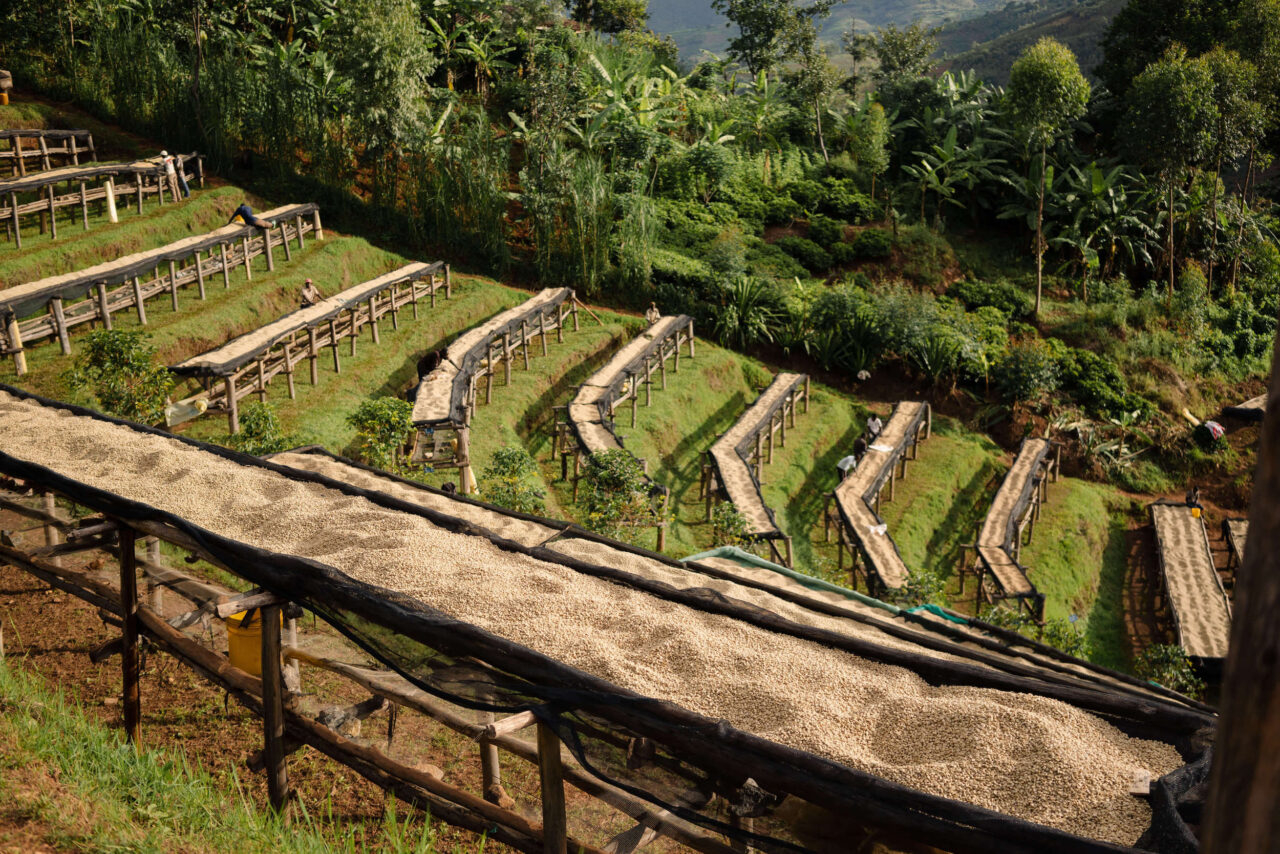
There are two broad processing categories under which these goals can be attained (and there are many sub-categories under these broad classifications which we’ll write about another time.) Natural, or Dry Processed, coffees are ones in which the seeds are allowed to dry inside the coffee fruit itself. Not long ago we talked about Naturally Processed coffees on Instagram – you can find that here.
Natural Processing is the original coffee processing method and is well suited to regions with a very dry harvest period. Before export, the dried fruit is broken open (mechanically) and the loosened seeds are sorted out from this. While ostensibly quite simple, producing Naturally Processed coffees in a way that is free from taste defects can be very challenging. This is especially true for producing countries or regions which have a very humid or rainy harvest period. In our experience, Burundi is particularly challenging in this regard. This is because the potential to produce top-quality Naturals is quite high. That said, some harvest seasons can be unpredictably wet, a problem increasingly exacerbated by a shifting climate.
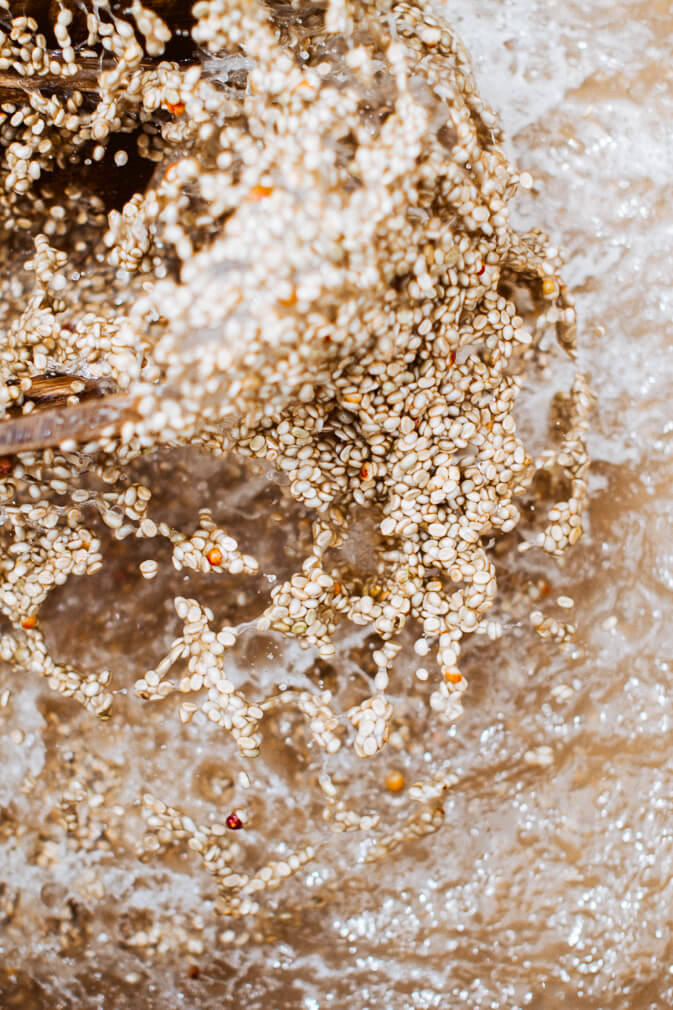
These challenges surrounding drying the coffee without taste defects led to the development of the Wet or Washed Processing method long ago. In the Wet Processed method, the outer skin of the coffee fruit, along with some mucilage, is removed. At this stage, the coffee is fermented in order to remove the remaining mucilage, along with the stubborn pectic layer that surrounds the seeds. As such, when we talk about coffee fermentation, we are referring to a step in the Washed Processing method. After fermentation, these layers are easily washed off, allowing the coffee seeds to be dried. Since the vast majority of the available glucose and fructose is removed through this process, it is much easier to dry the coffee without encountering unwanted microbial activity that may lower the quality of the final product.
Up until fairly recently, this was viewed as the entire scope and purpose of fermentation: to clean the coffee, removing the seeds from the mucilage and pectin inside the coffee fruit. The process was not considered (by most) to impart any positive or even identifying flavors into the final product. In fact, many spoke of the goal of washed coffee in a similar way that some roasters speak of lightly roasting coffee: the process was one in which the goal was simply to add no negative flavors and to let the coffee “speak for itself,” as it were. In fact, the process of fermentation was considered so strictly functional and oblique as it pertains to coffee flavor, that machines were developed to mechanically remove the mucilage from the coffee, without the fermentation step. Carlos H. J. Brando writes in Wintgen’s seminal 2004 book, Coffee: Growing, Processing, Sustainable Production1, that, “although a lot of research work has gone into demonstrating that fermentation and mechanical removal of mucilage lead to the same quality results, some experts are still skeptical.” Elsewhere in Wintgen’s tome is the mechanical removal of mucilage as being able to produce the same quality coffee as traditionally fermented coffee, spoken of as fact.
While it is true that coffee seeds themselves do not actually undergo fermentation (only the mucilaginous material surrounding the seed), there has been a growing movement from researchers indicating that yes, fermentation does affect the flavor of the finished coffee. This has been noted anecdotally by some coffee professionals who have experienced a shift in coffee quality and complexity in production systems that previously employed traditional fermentation and have moved towards mechanical washing that does not require the coffee to be fermented. It has also been examined by individuals such as the aforementioned Lucia Solis.
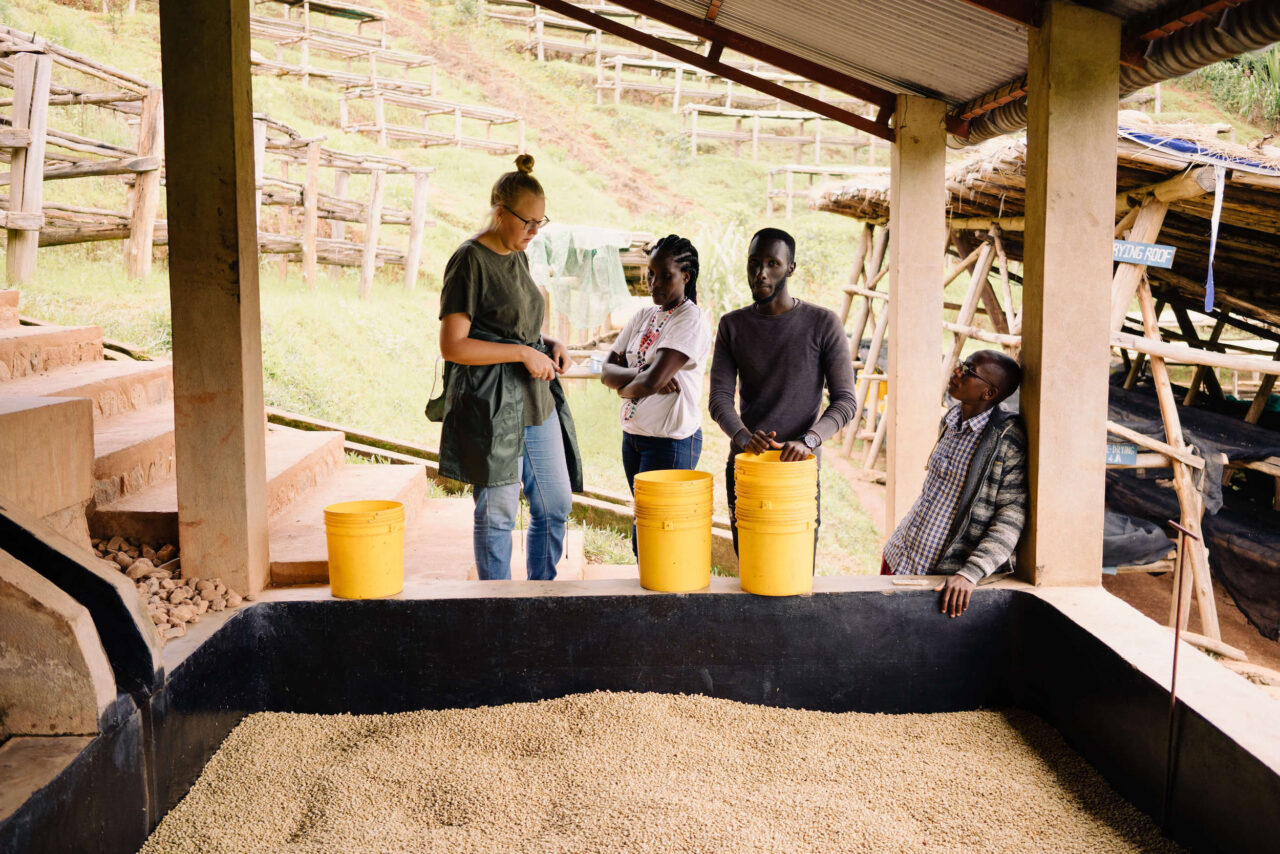
Once coffee is pulped and exposed to microbes, these yeasts, bacteria, and fungi eat the glucose and fructose, along with some naturally occurring organic acids, found in the coffee fruit. During this process, fermentation by-products are created. These bi-products can penetrate the coffee seeds, affecting the final cup quality and qualities. Traditionally, the microbes present are naturally occurring and come from the environment – being found in the air, within the fermentation tanks, and also on the coffee fruit itself. In recent years, yeasts have been developed with a specific aim of modulating a coffee’s flavor profile. This is something we experimented with back in 2018 and may explore more in the future.
Even without the addition of selected yeasts, a number of factors can influence fermentation. Chief among these are temperature and the presence (or lack) of water. Warmer environments will speed up the fermentation process whereas cooler environments will draw out the process. It is for this reason that fermentation as a step in processing can never be based purely on a set amount of time. Our own experience fermenting coffee in Burundi these past eight years confirms this. To achieve a fermentation in which all the mucilaginous material has been fermented away can, for example, take eight hours in a warm climate, or thirty-six plus hours in a cooler climate for the exact same lot of coffee. It is true that over time one is able to have a target fermentation time based on the tank size, average temperature, etc. That is to say, with experience specific to any given washing station, one is eventually able to assume target fermentation times. But to enter into a new or unknown system and design a fermentation protocol based on time, rather than observing the process and progress of the fermentation as it is happening, would be putting the cart before the horse.
If the fermentation takes place underwater, the temperature of the fermenting mass is typically cooler than it would be without adding water. As such, this generally slows fermentation down. There is, however, another factor that is more important in influencing the final cup qualities. Coffee that is being fermented underwater is more conducive to bacterial proliferation. Coffee that is fermented dry is more conducive to yeast fermentation (though acetic acid bacteria is present in both circumstances). In our experience, fermentation which happens underwater also has the added benefit of being more homogenous. We can only assume this is because the fermentation bi-products which influence the cup quality are more evenly distributed via the water.
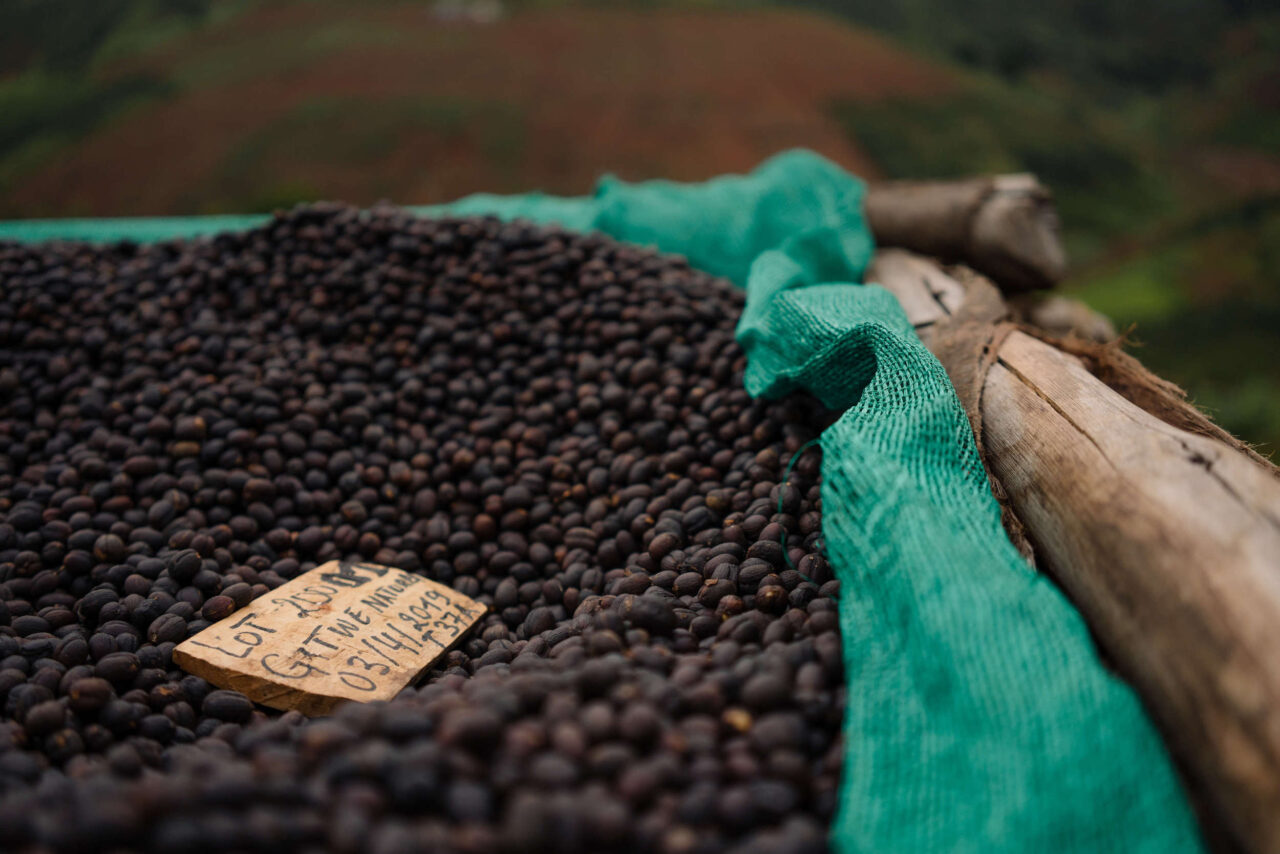
Though we have discussed fermentation as a step in the Wet or Washed Processing method, it is important to note that fermentation also technically happens in Naturally Processed coffees. Within the skin of the coffee fruit itself, mucilage ferments once the coffee has been removed from the shrub on which it grew. The fermentation process within a Naturally Processed coffee is very likely bacterial as bacteria is significantly smaller than yeasts and, thus, more likely to make its way inside the fruit. This highlights why it is so critical for the initial drying of Naturally Processed coffees to happen quickly. If the coffee is allowed to ferment for too long, the acetic acid bacteria will be able to negatively impact the final cup quality by producing strong acetic acid flavors (think apple cider vinegar). Some acetic acid is always present in coffee and this is a good thing as it can lend a fruited complexity to the final product. But, too much acetic acid leads to off, rotten, or “over fermented” flavors that are eschewed by most specialty coffee professionals and consumers alike.
References
1 Wintgen, J.N. 2012, Coffee: Growing, Processing, Sustainable Production: A Guidebook for Growers, Processors, Traders and Researchers, Second, Revised Edition, Wiley-VCH, Weinheim, Germany.
